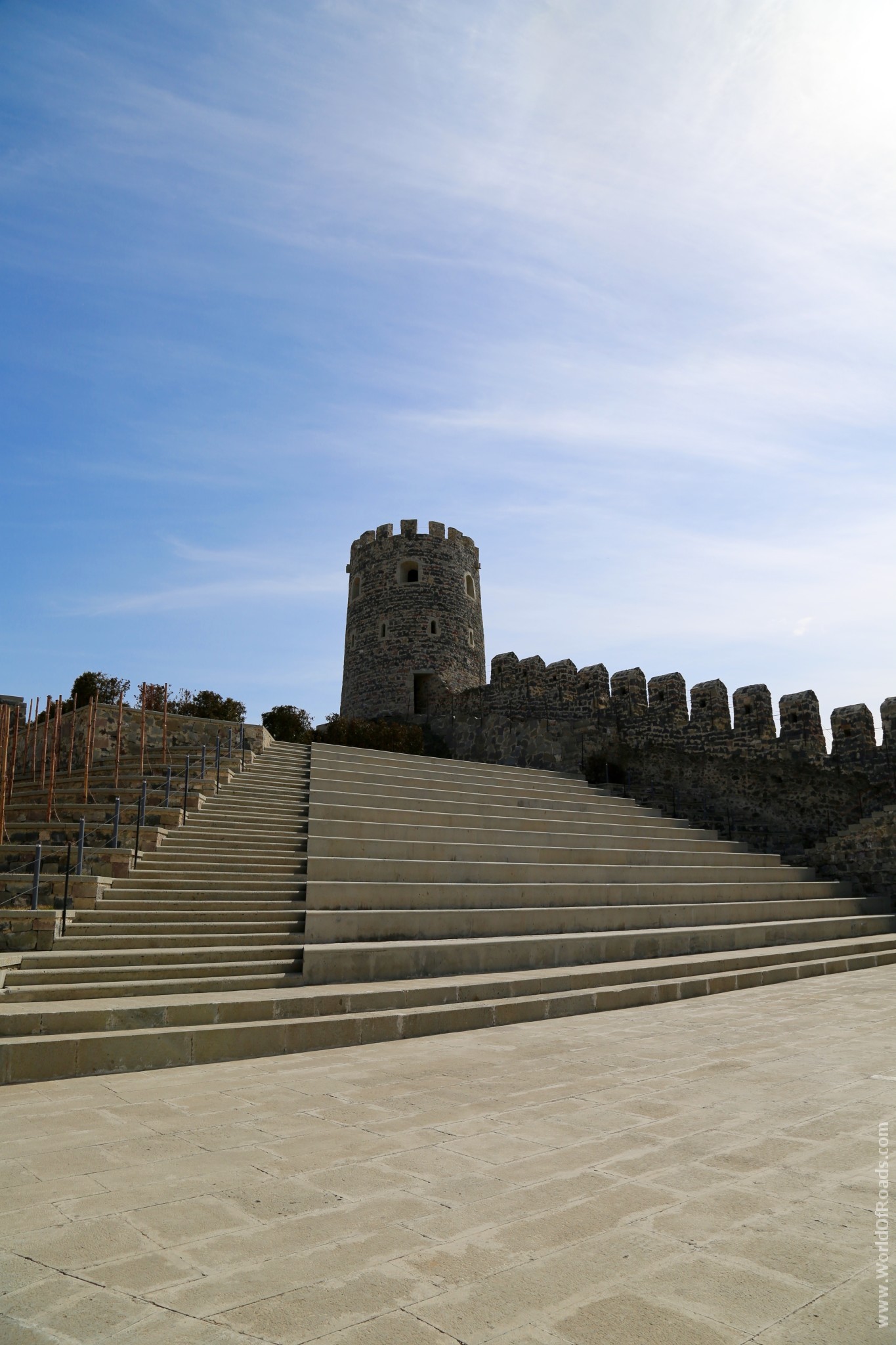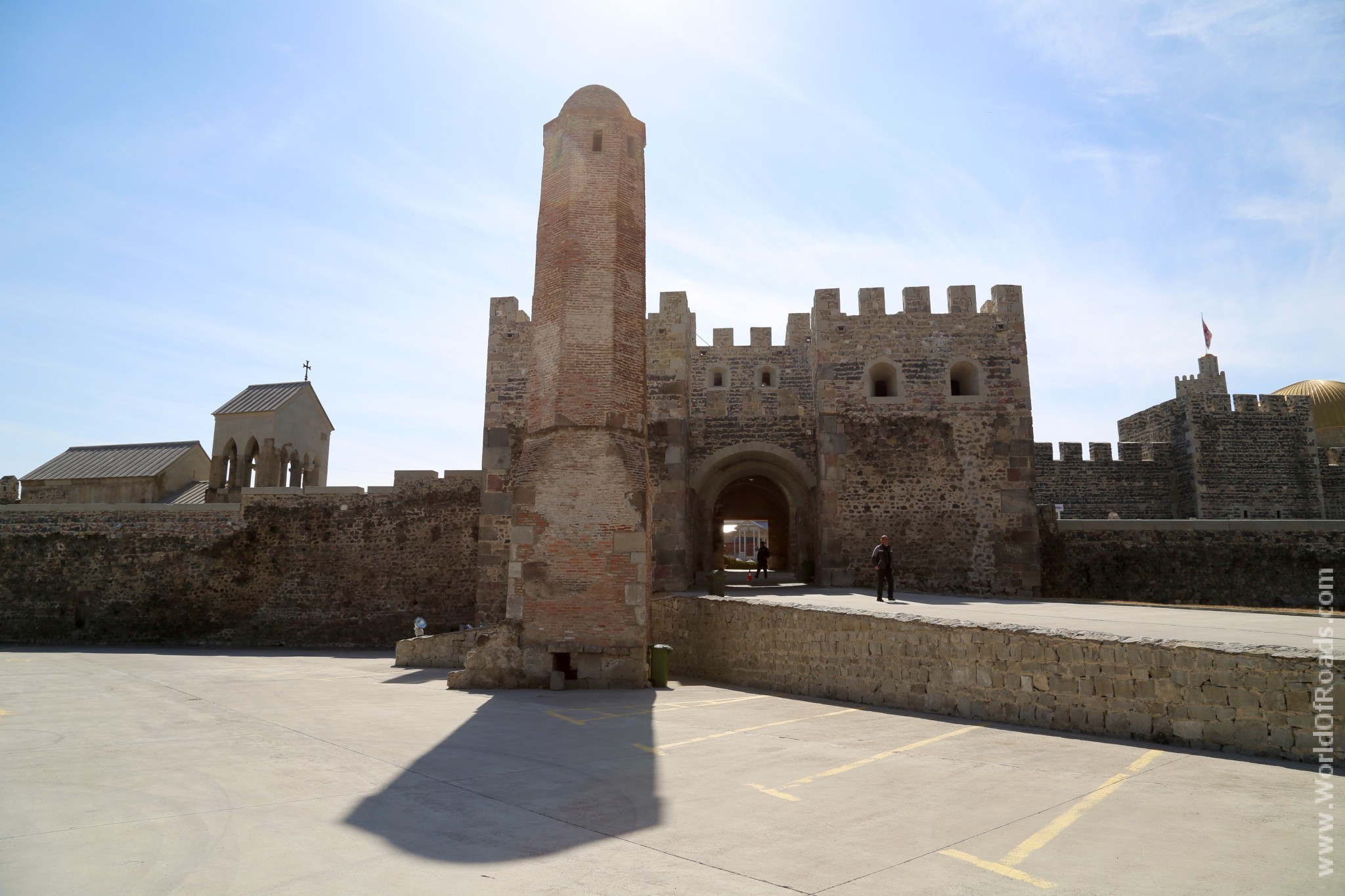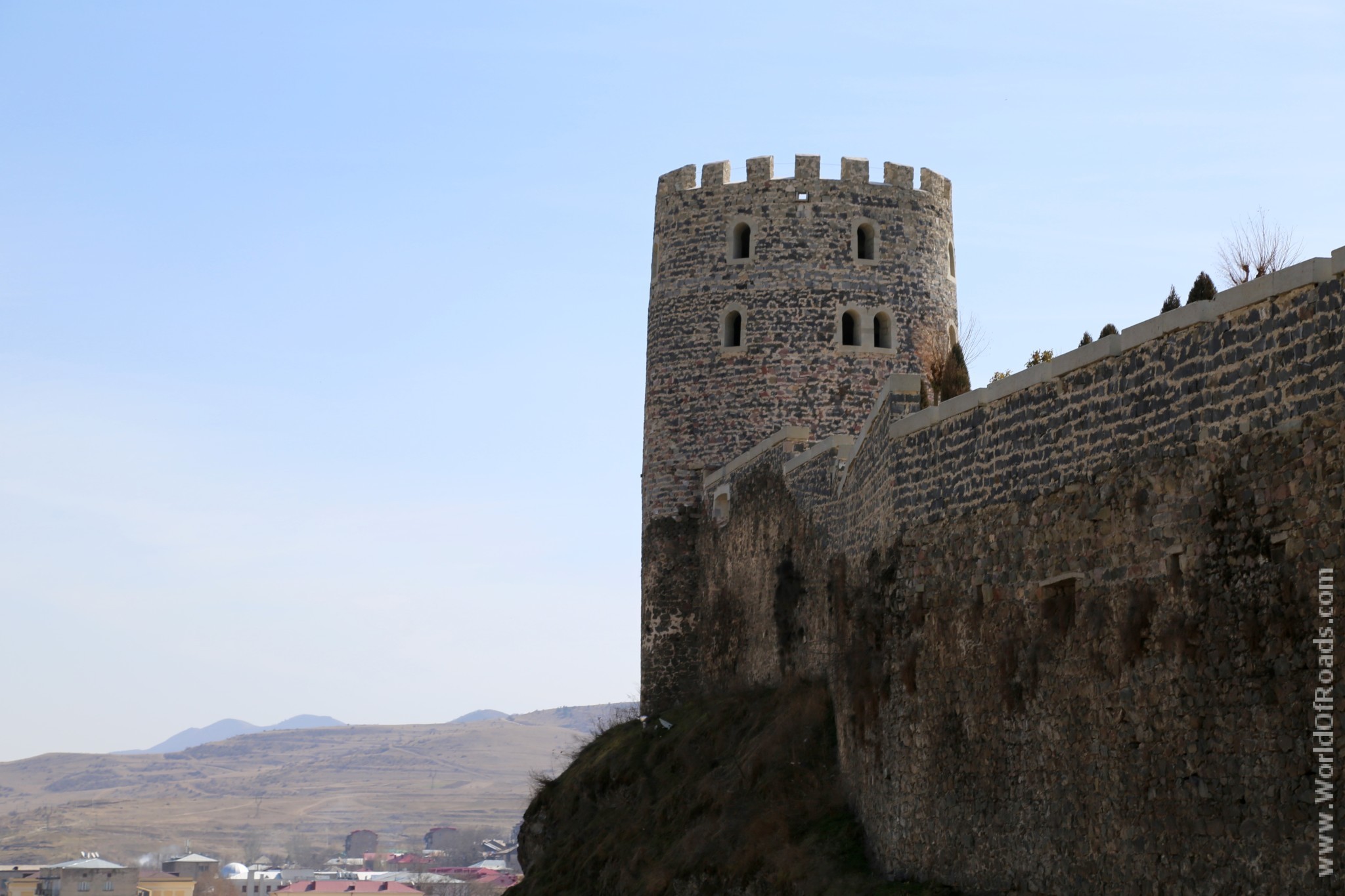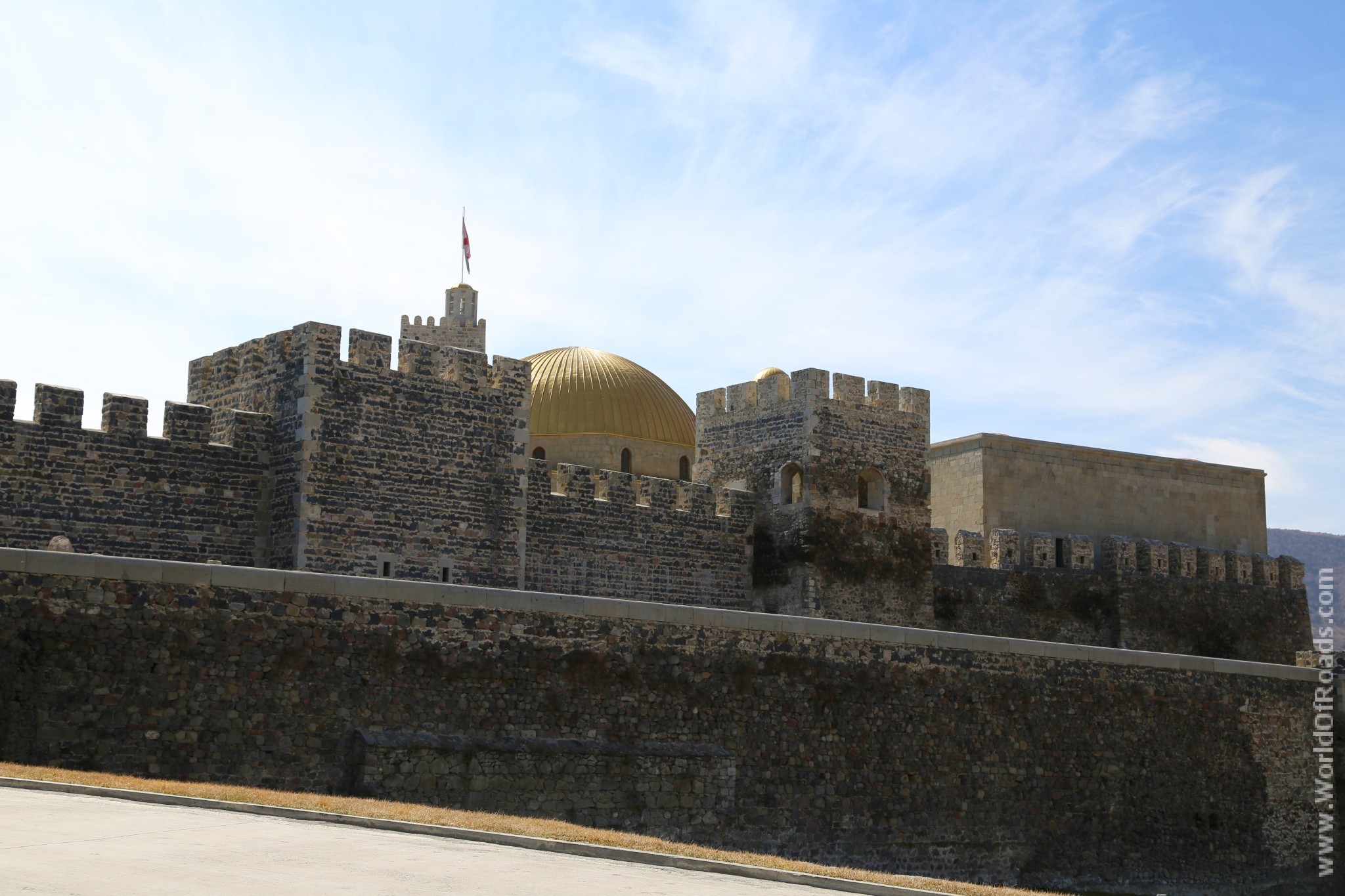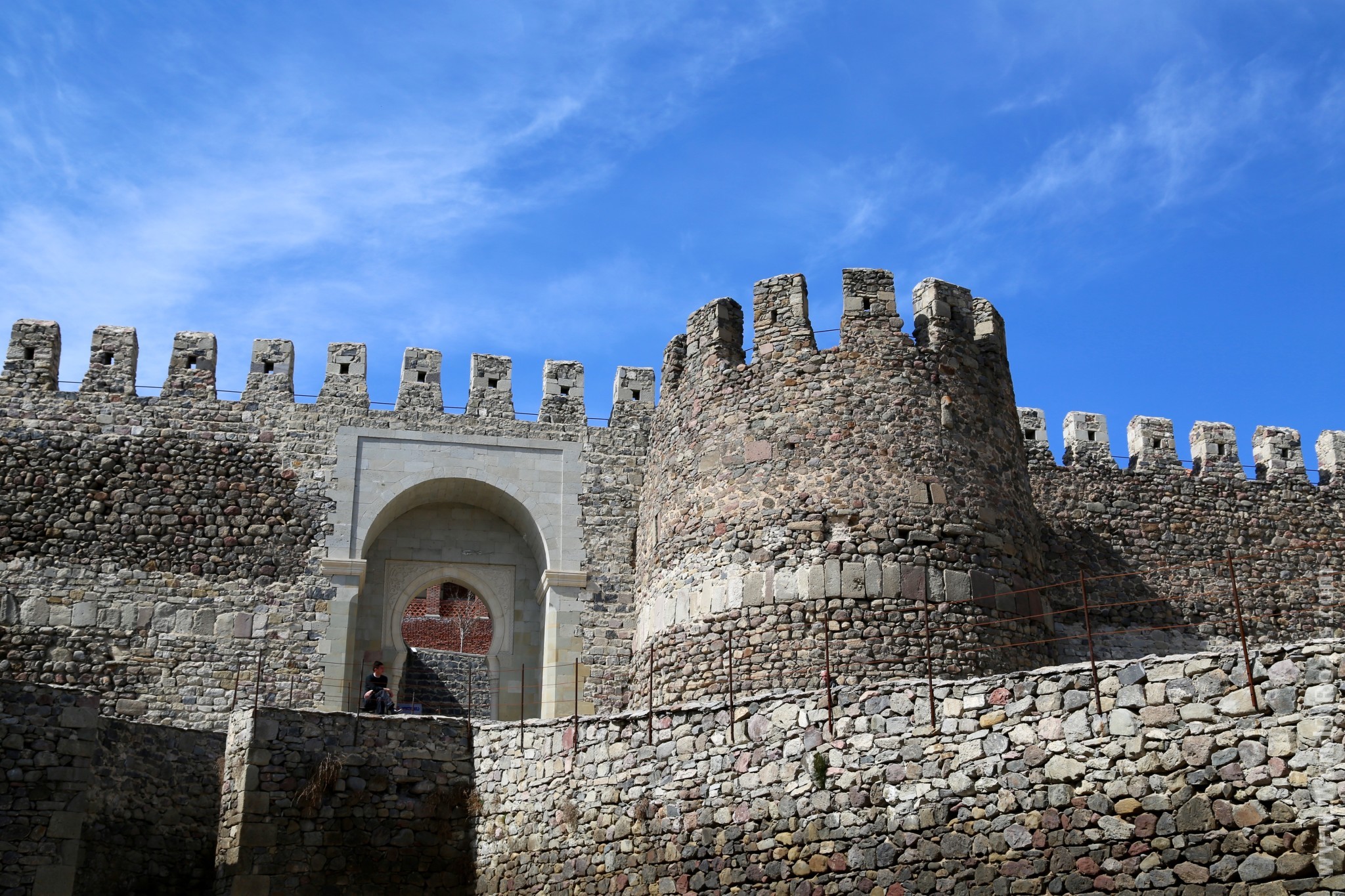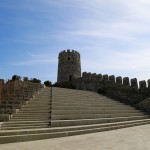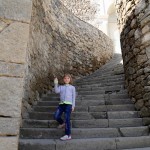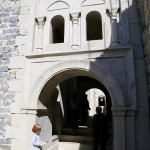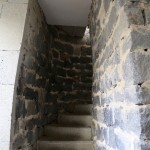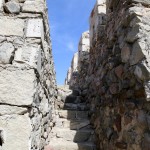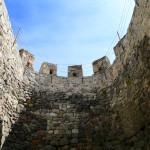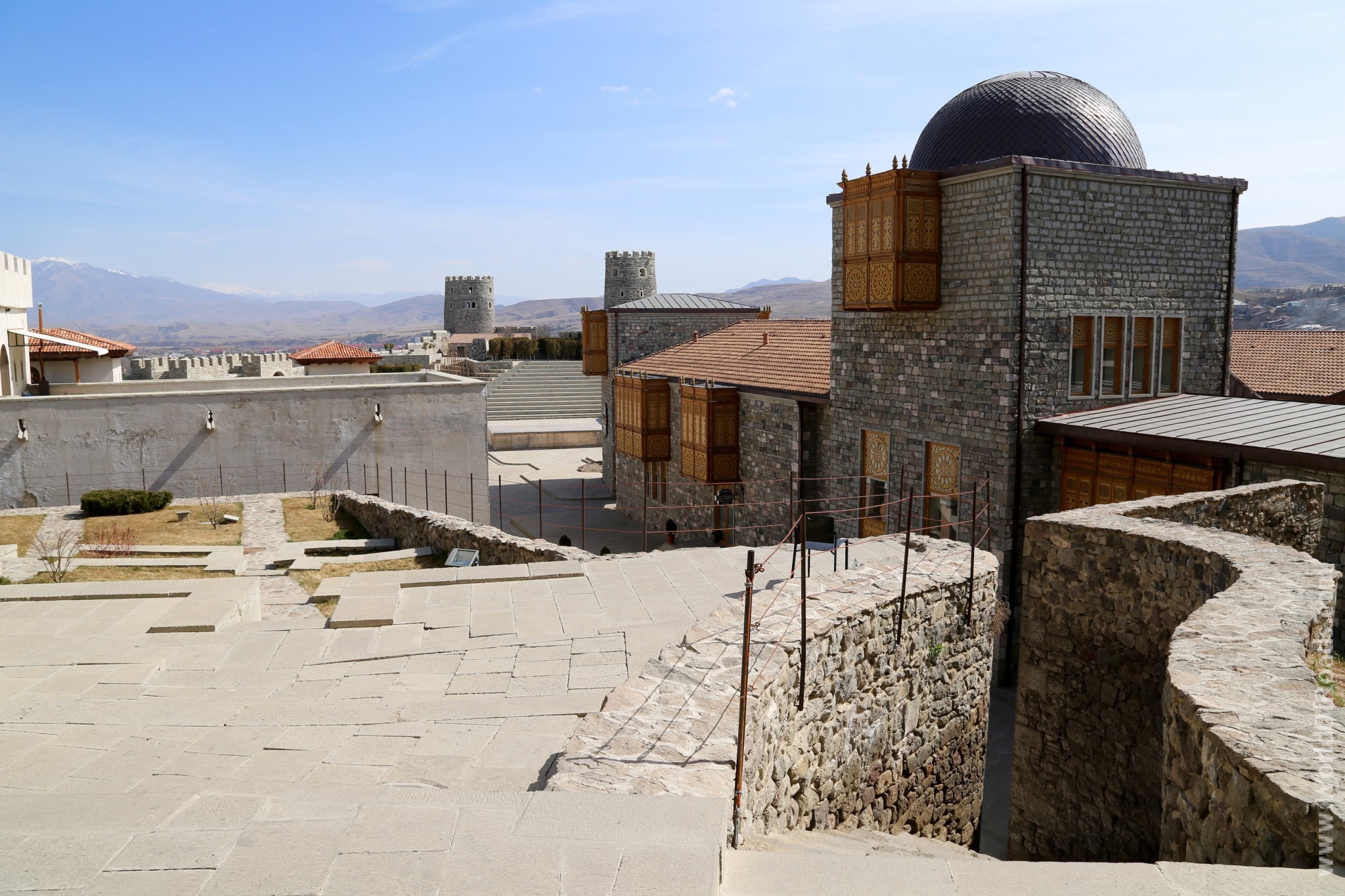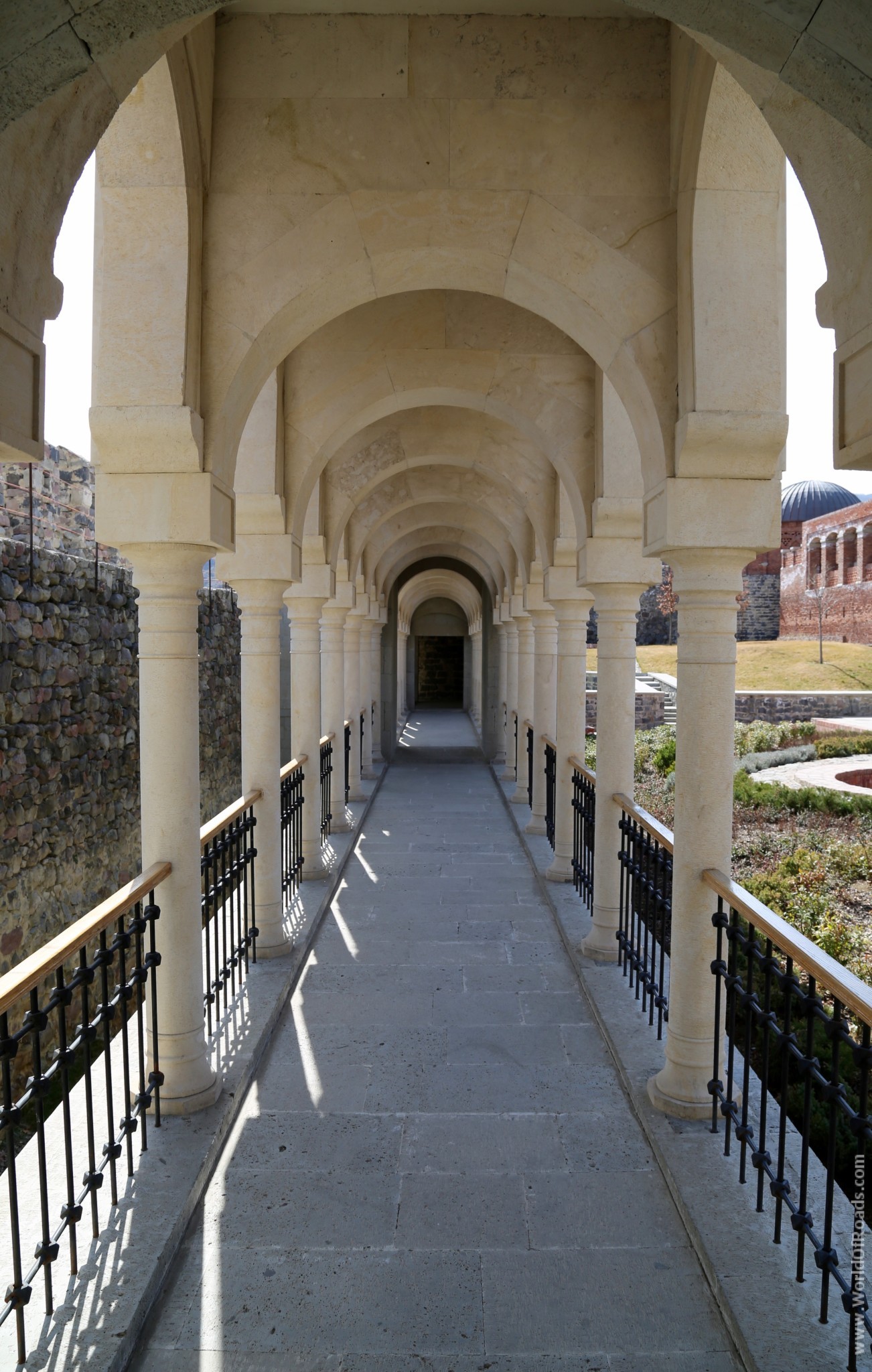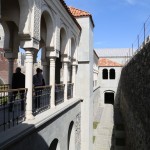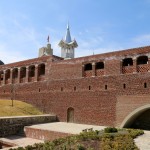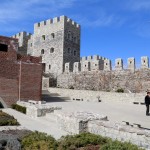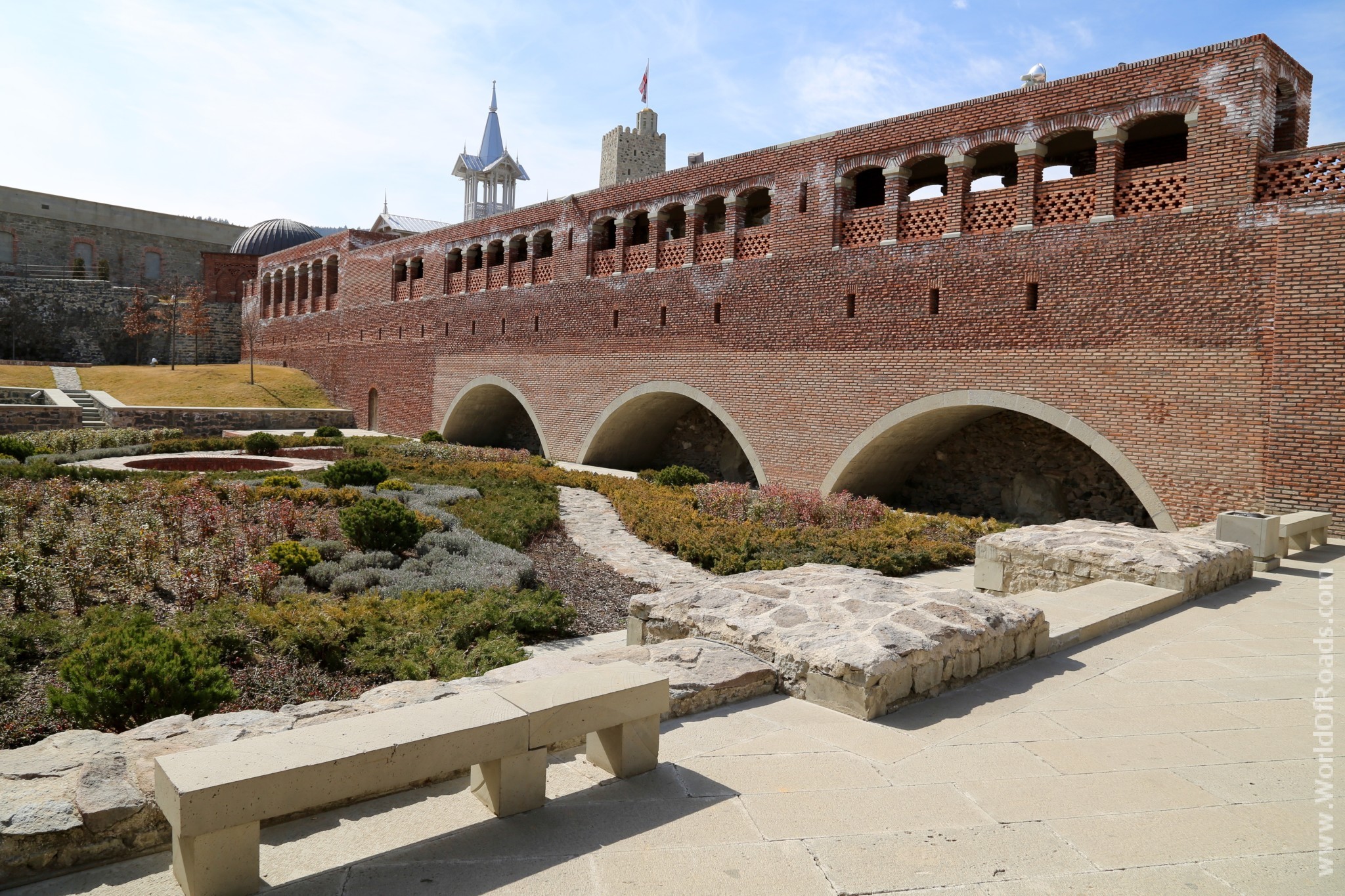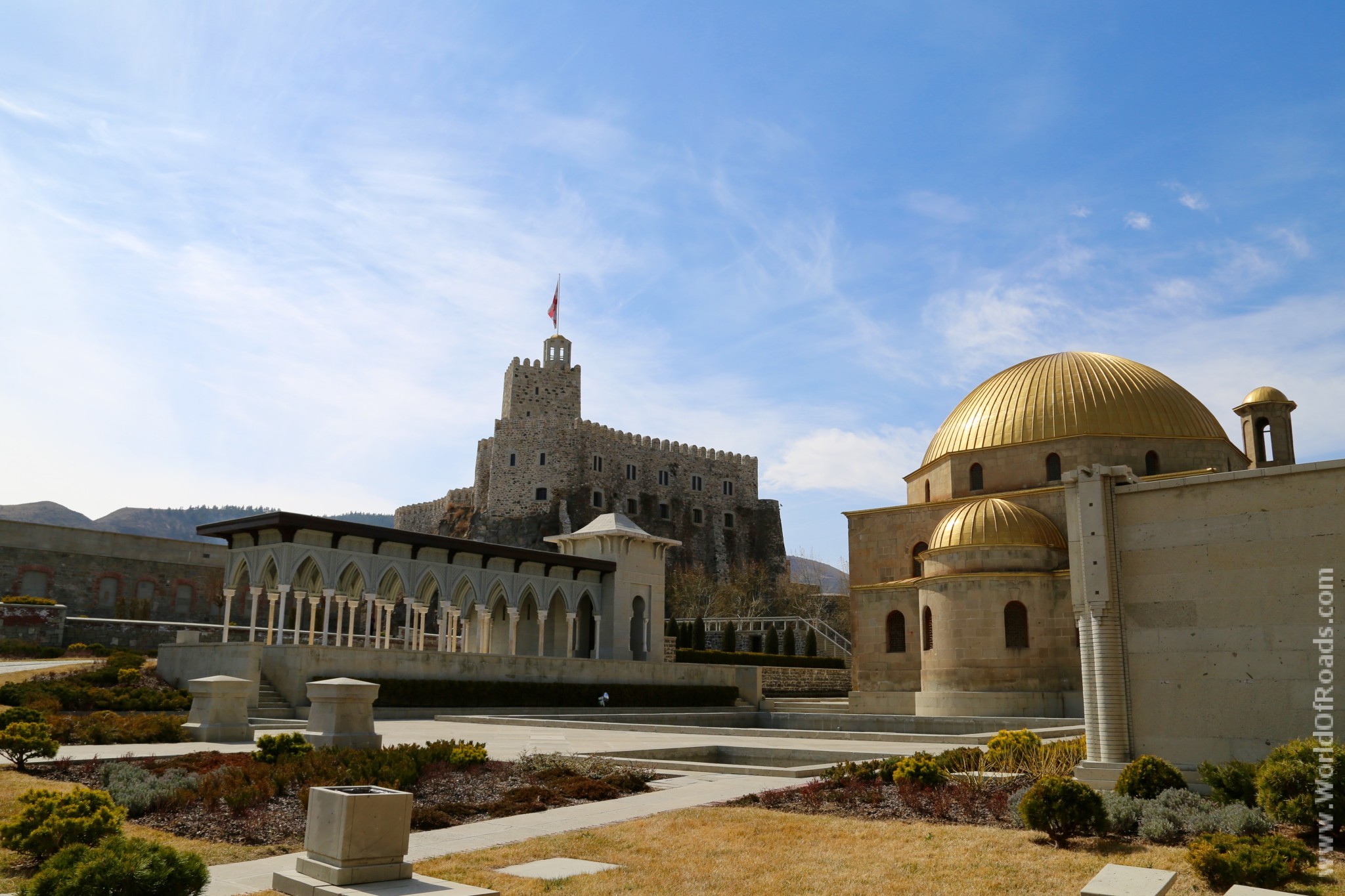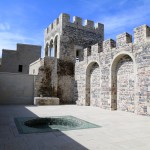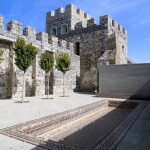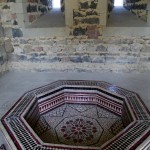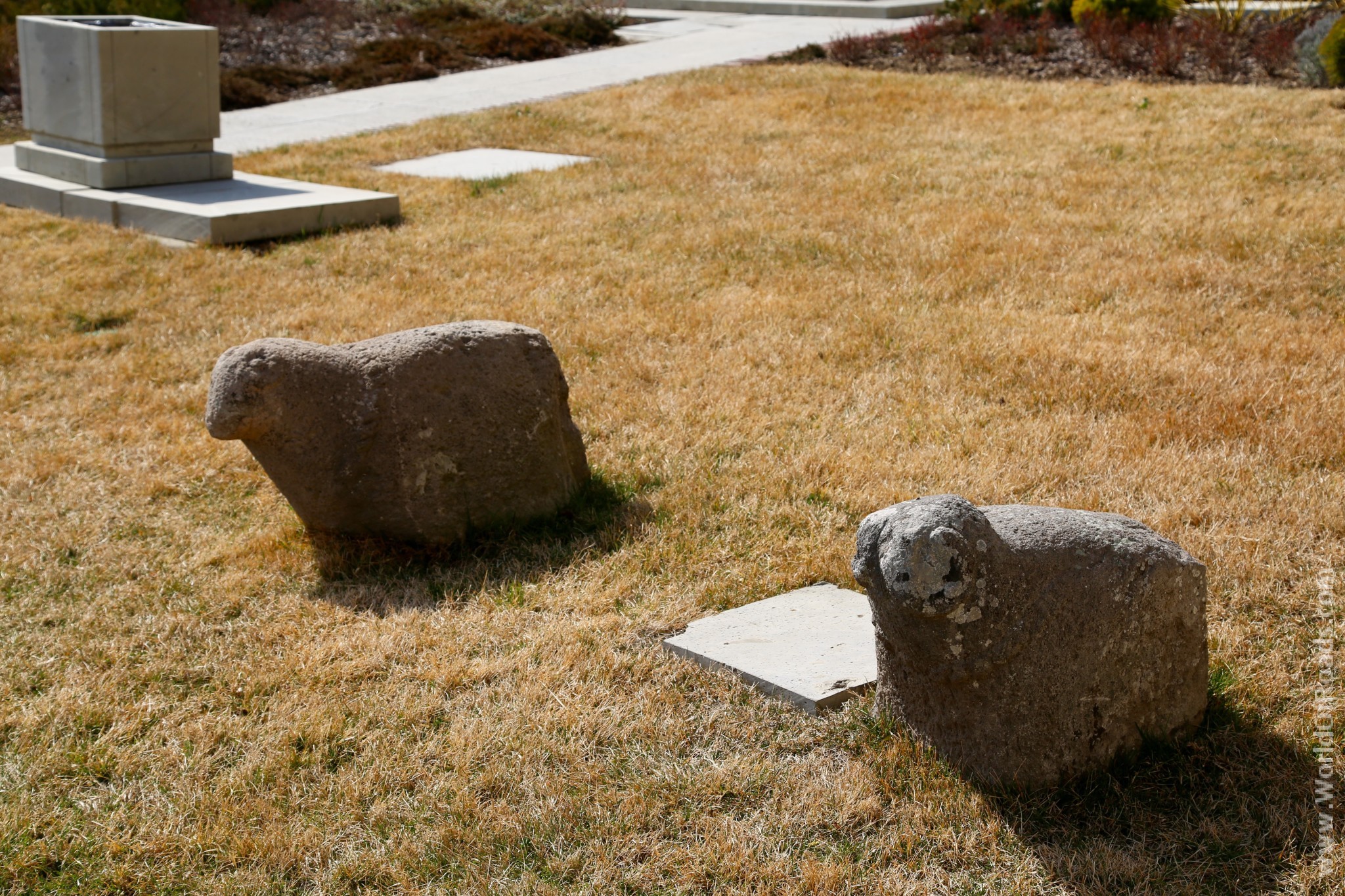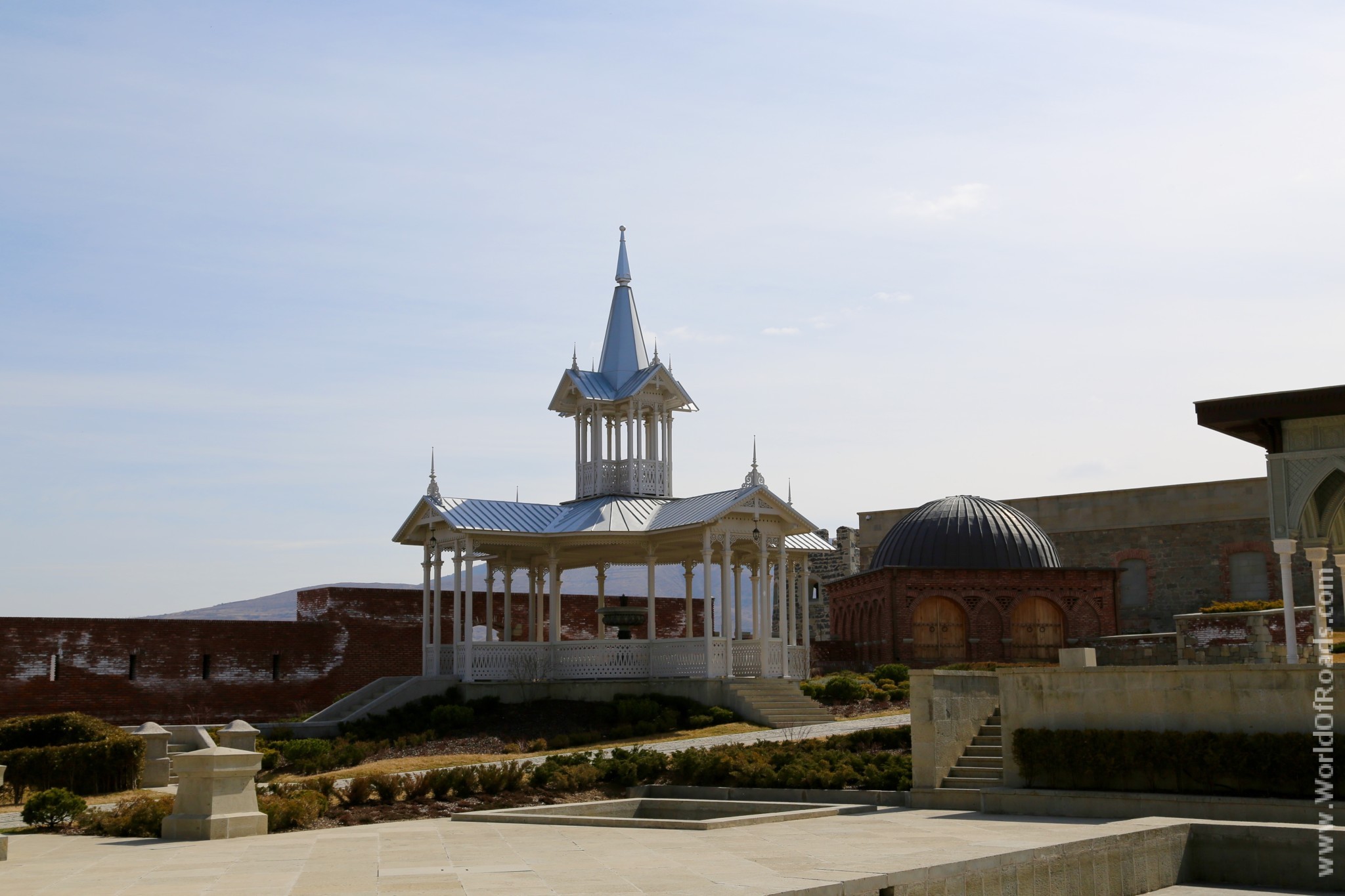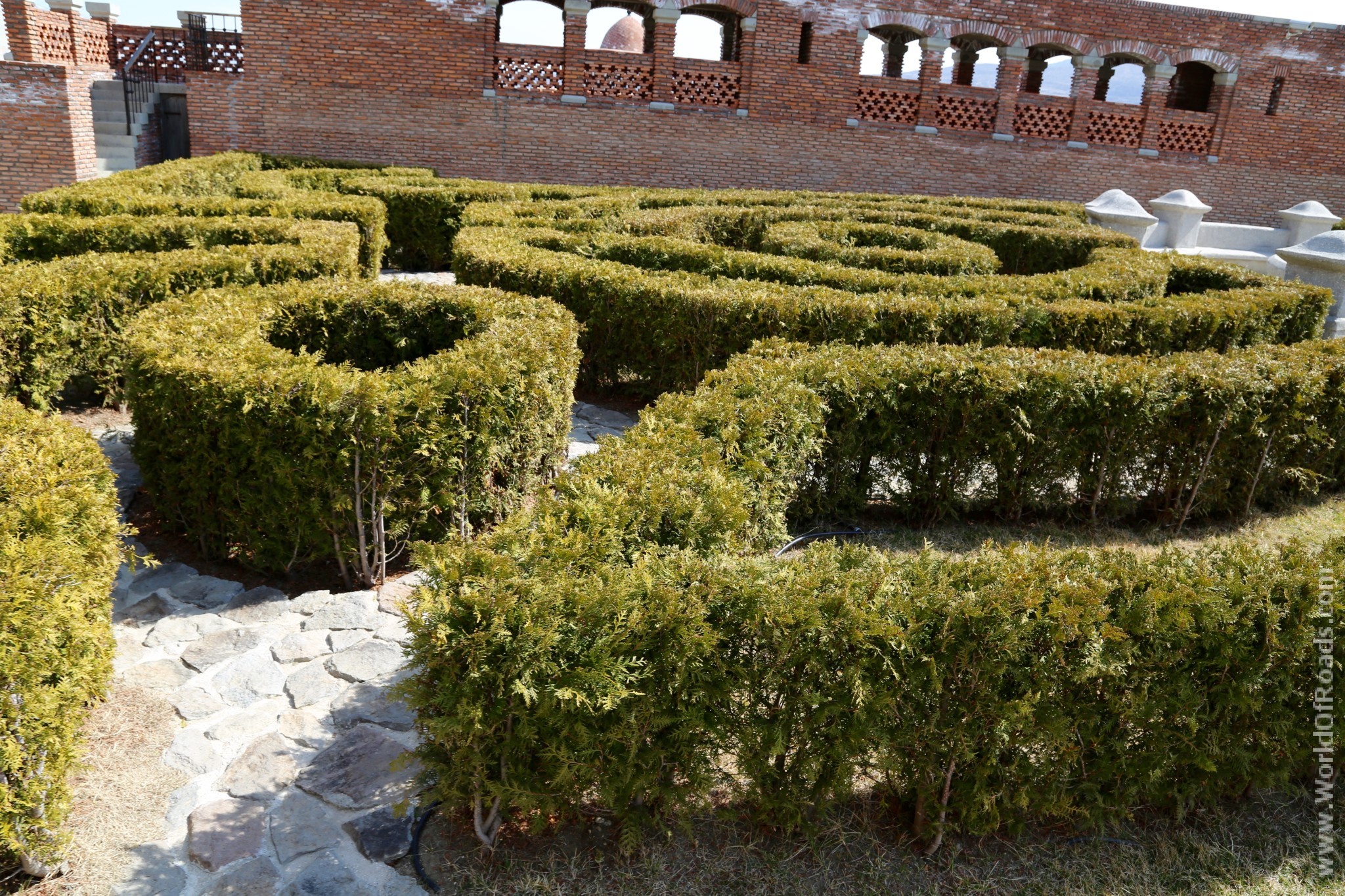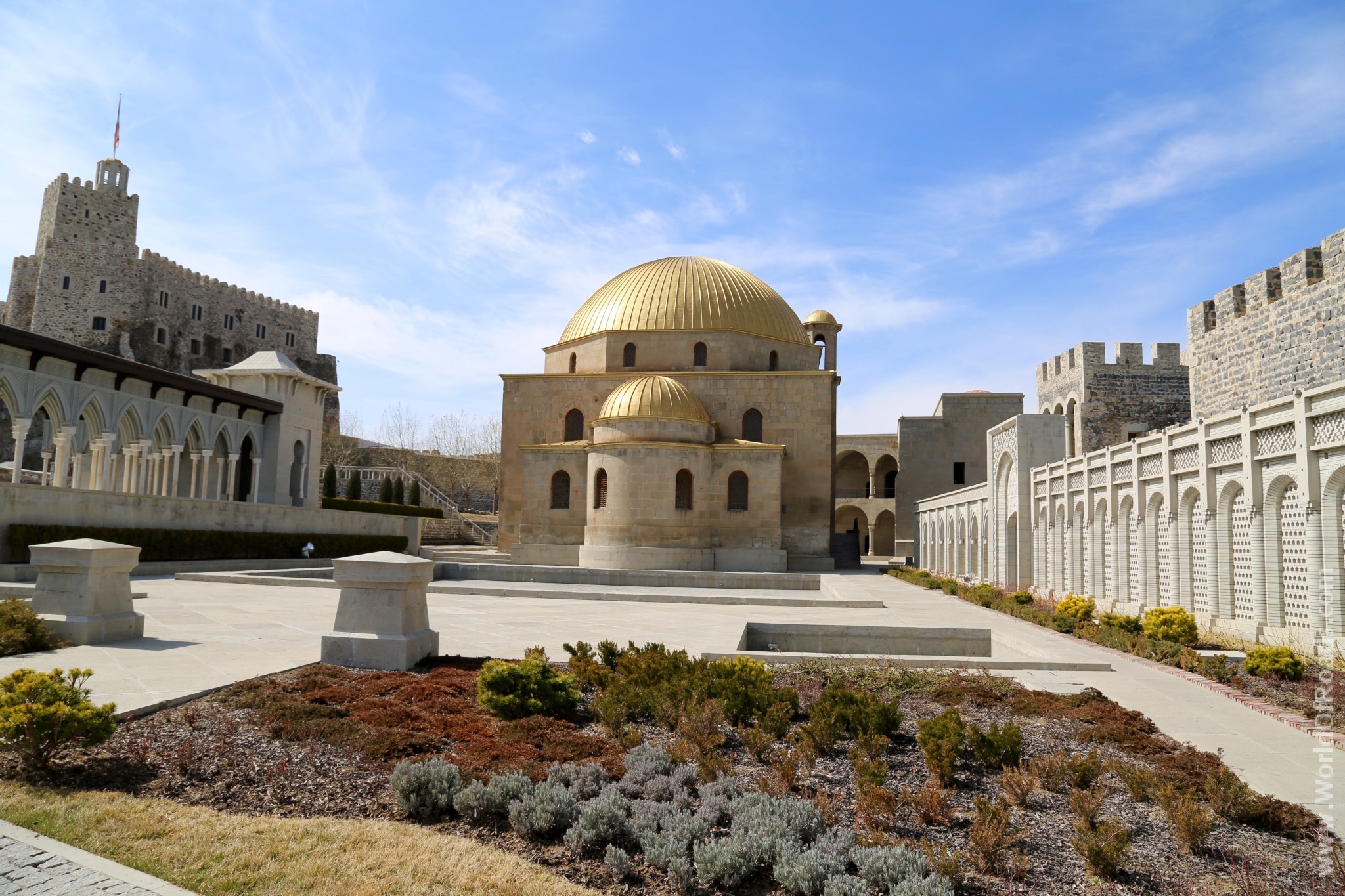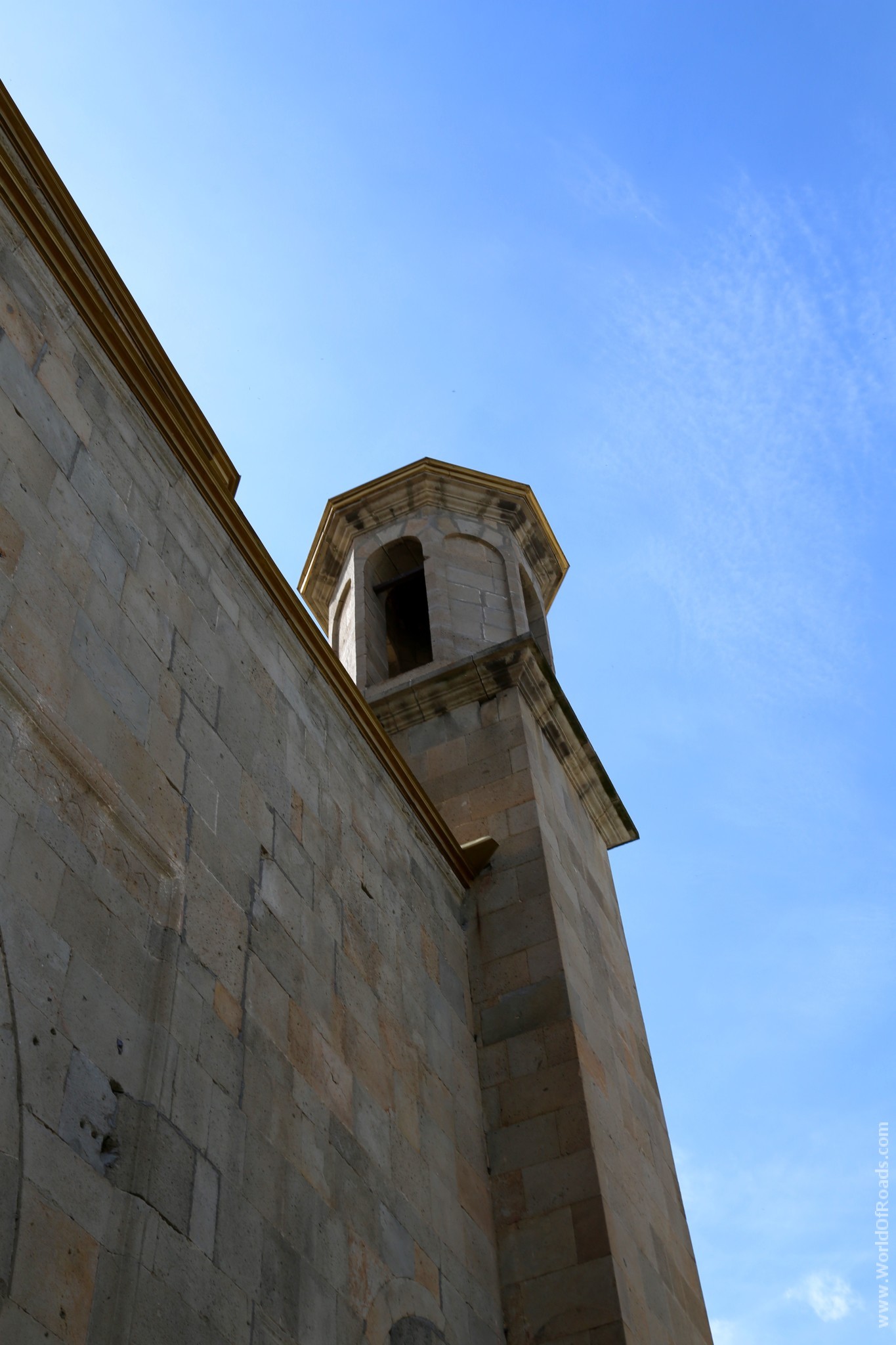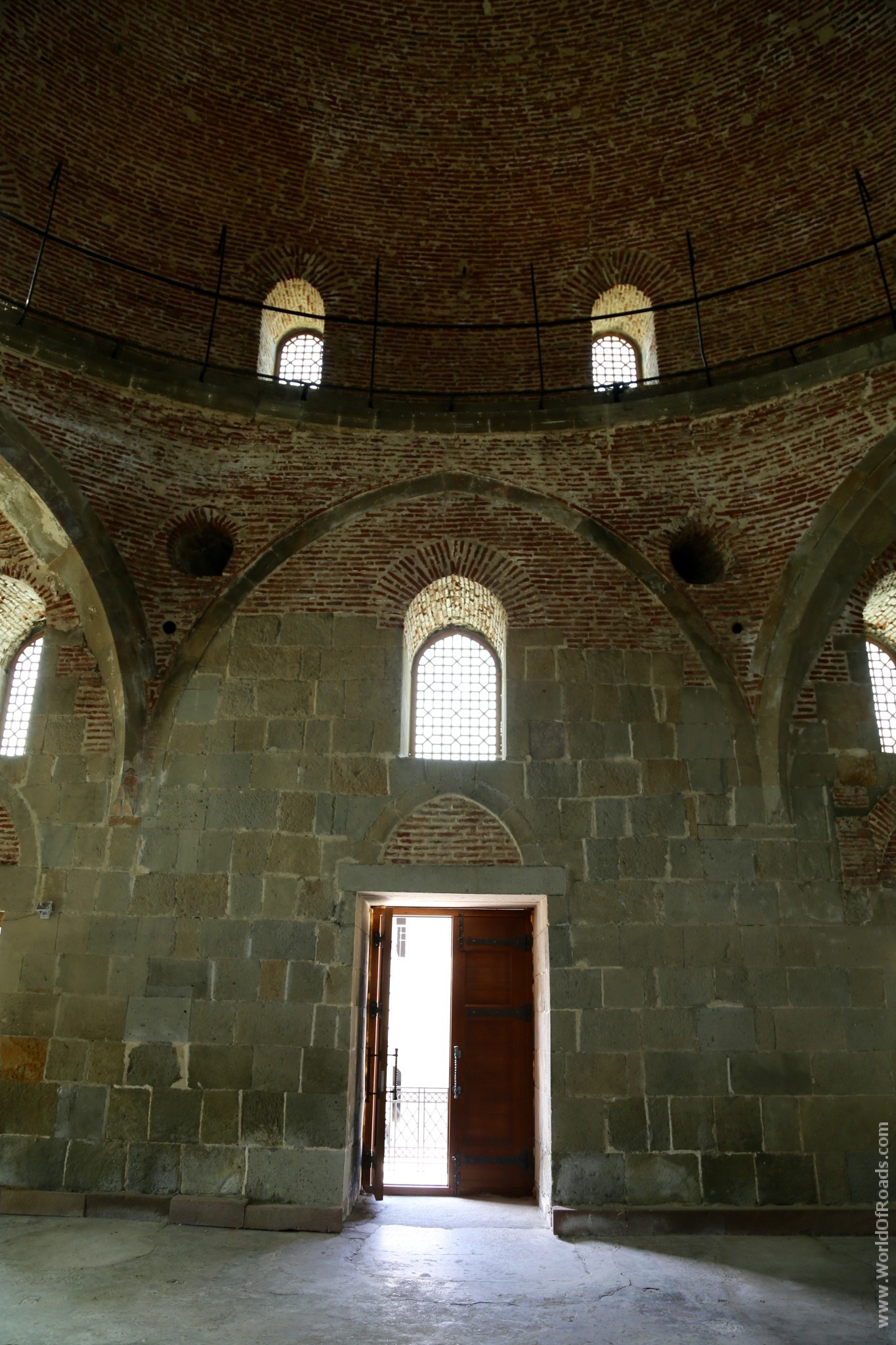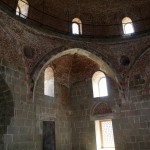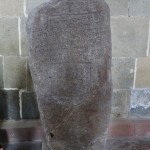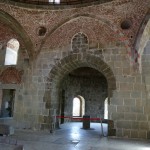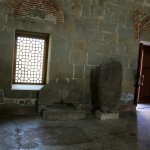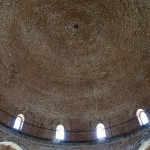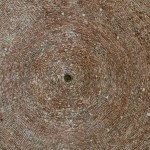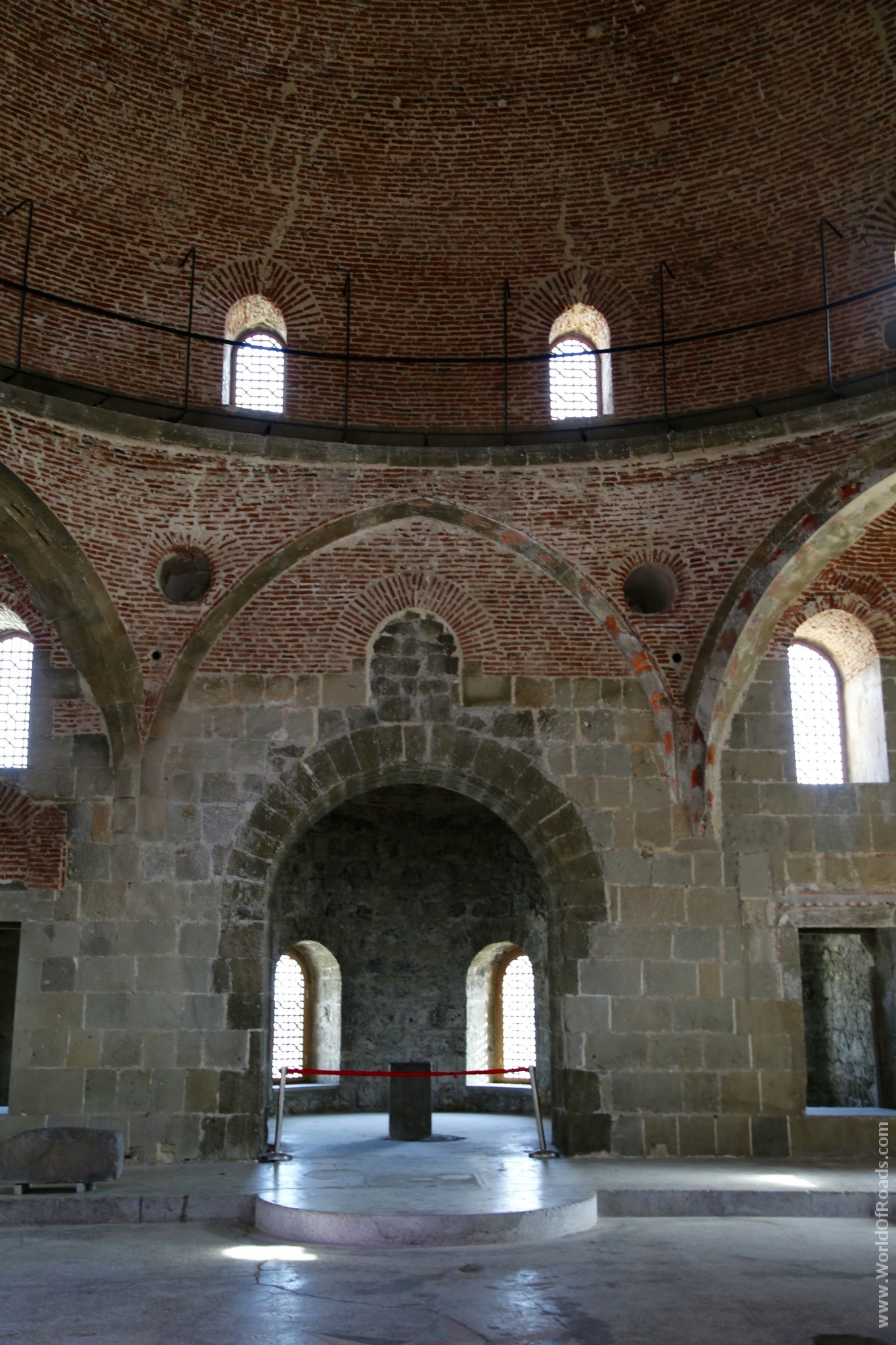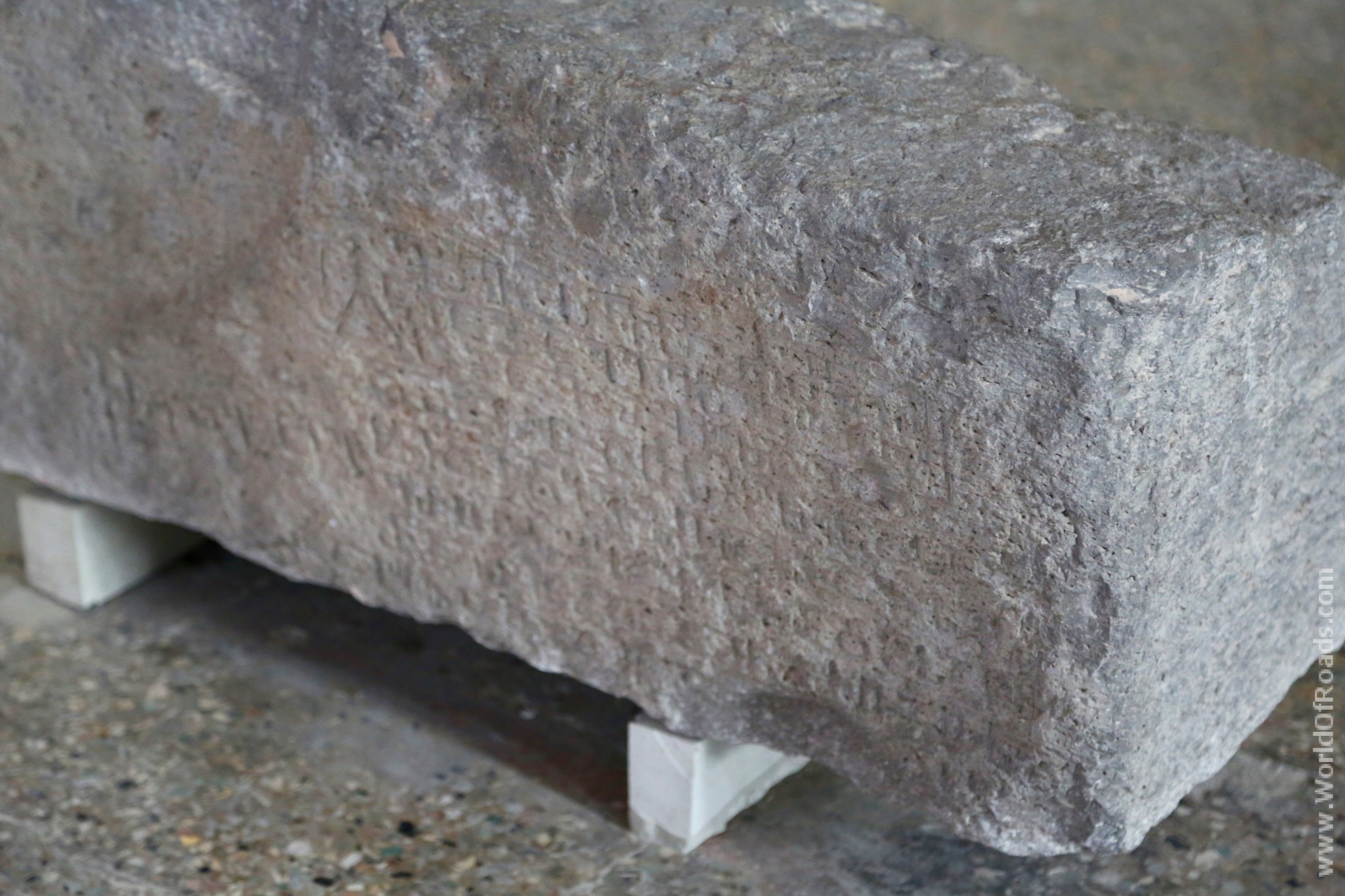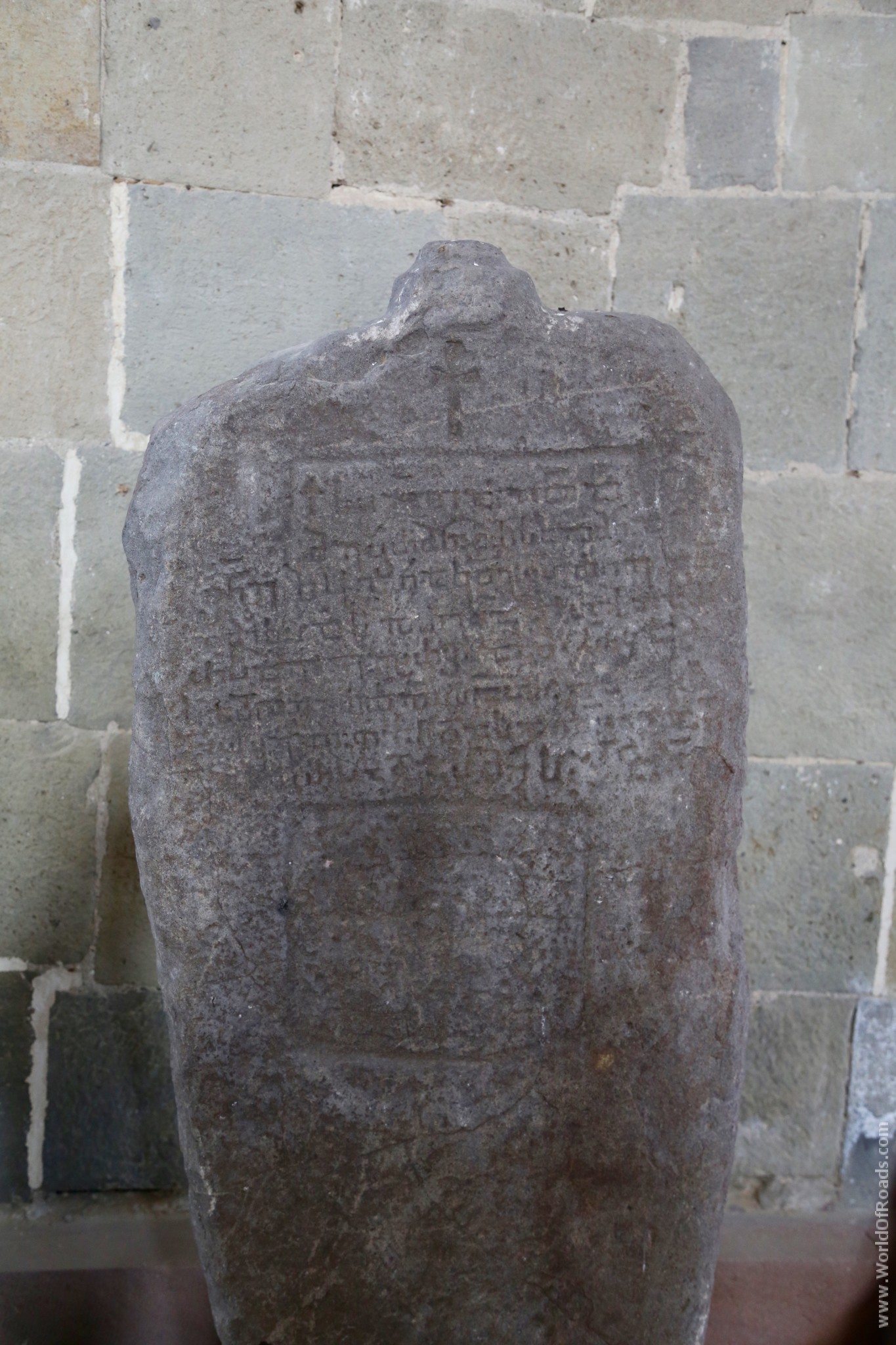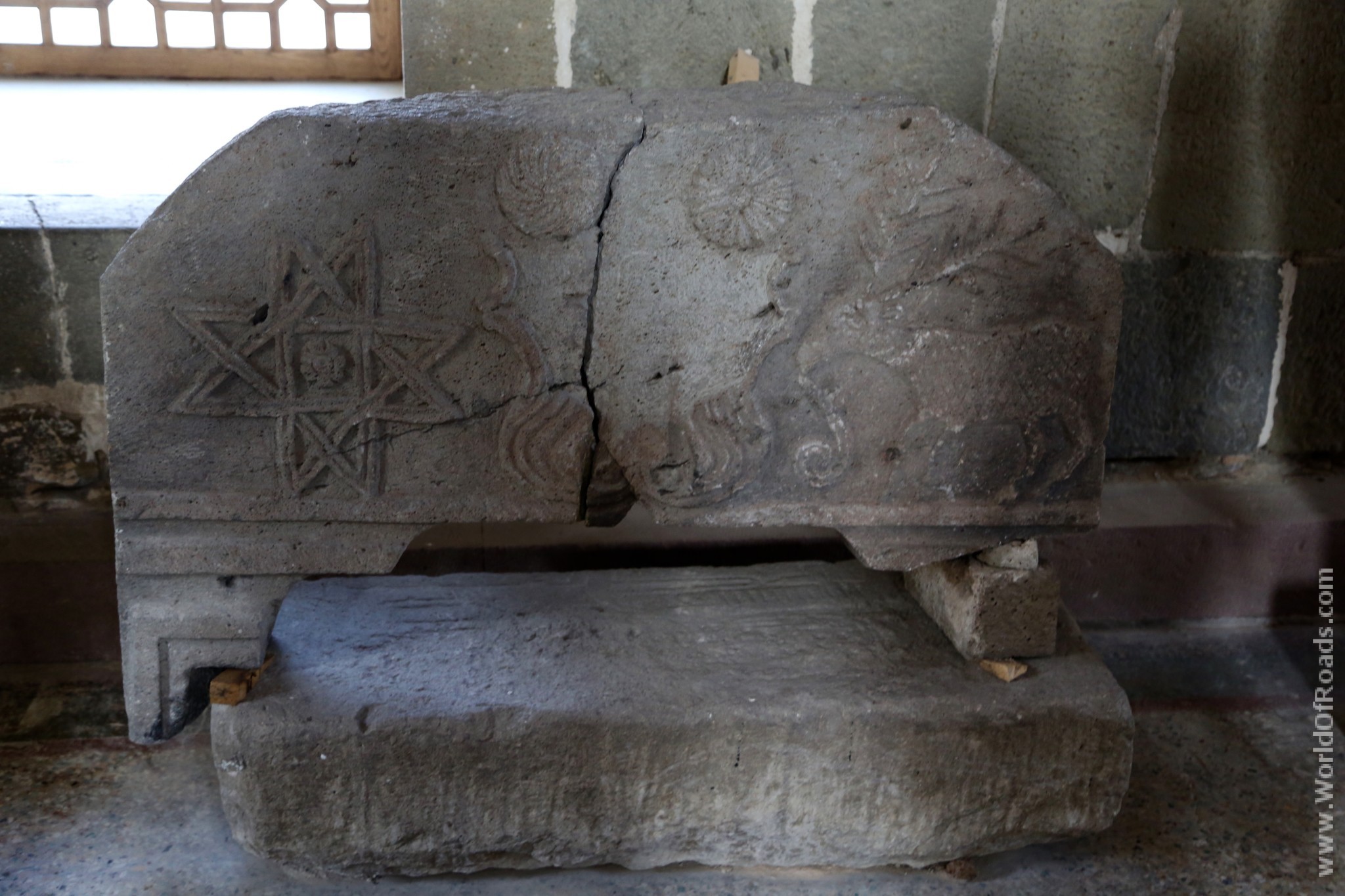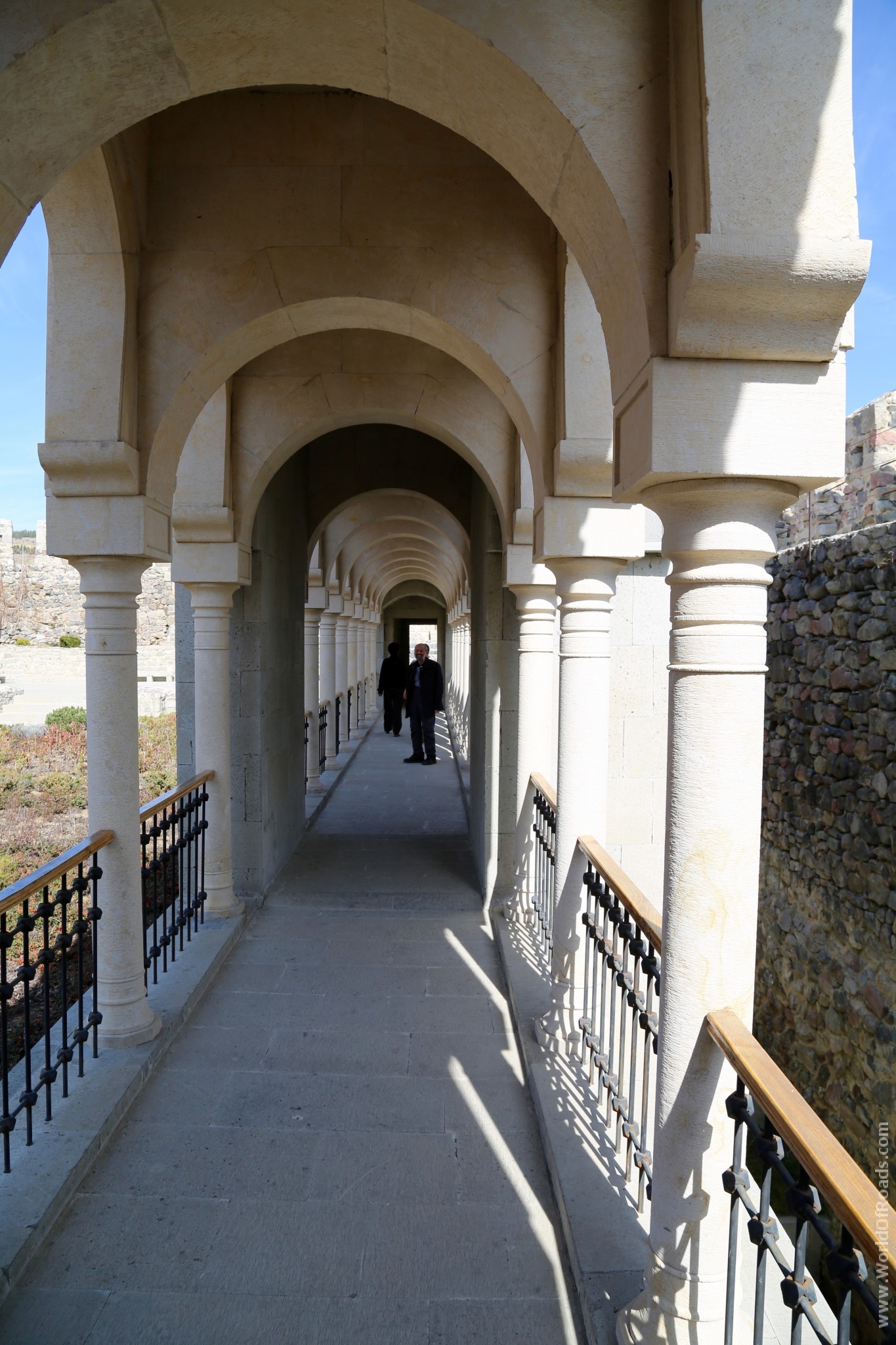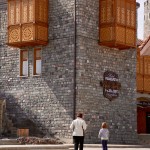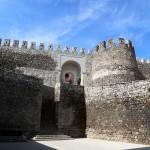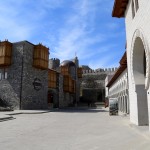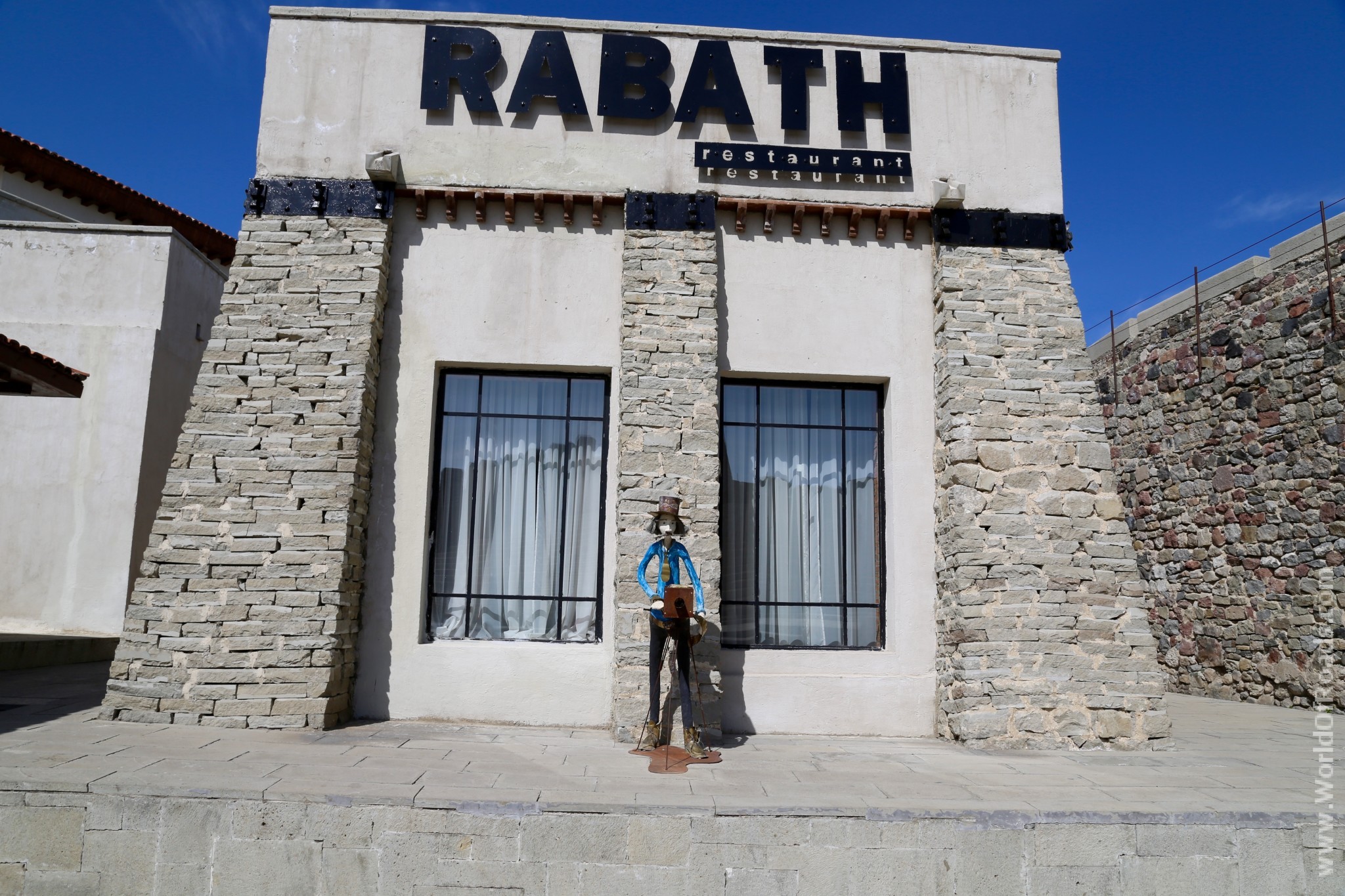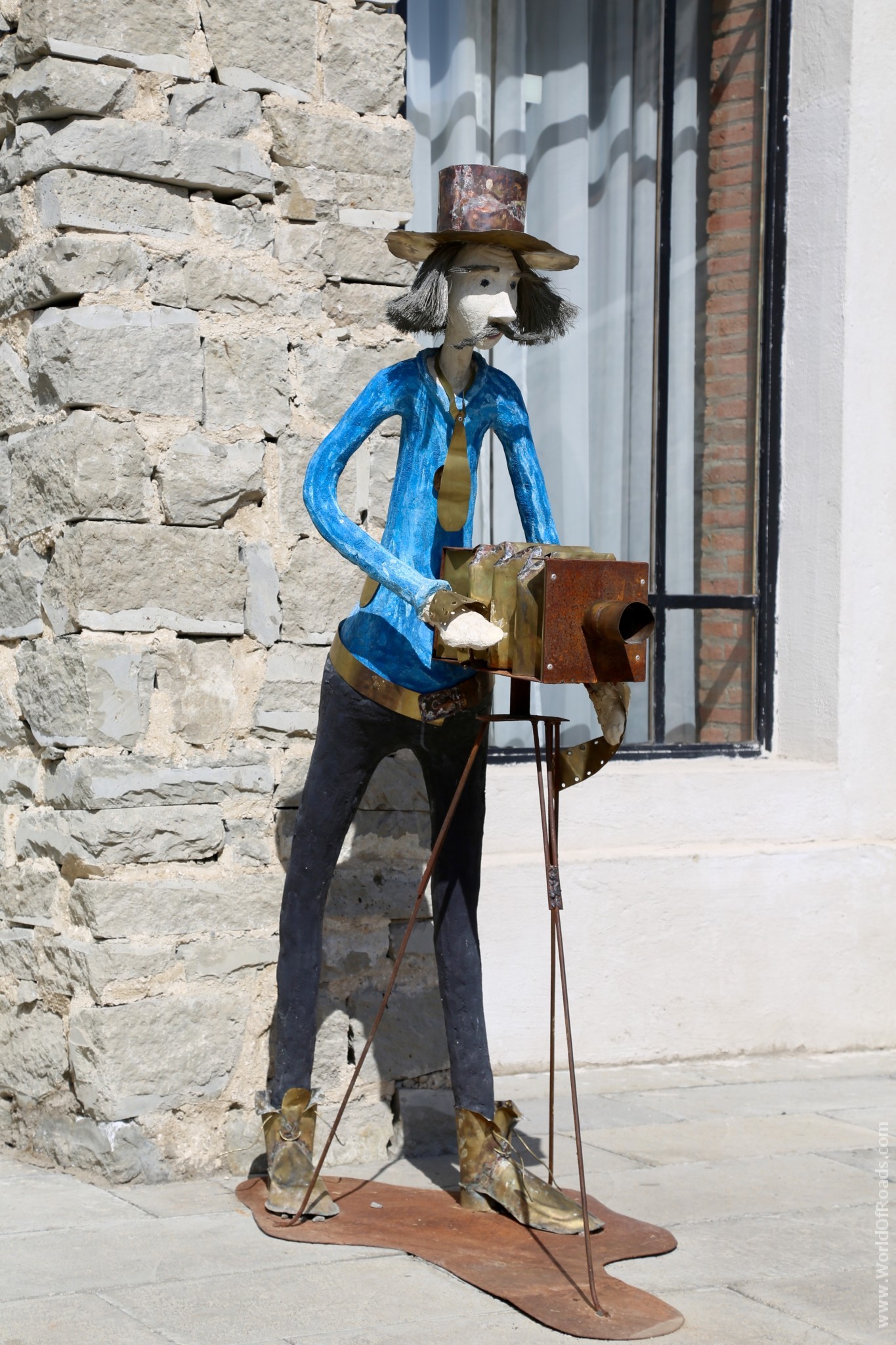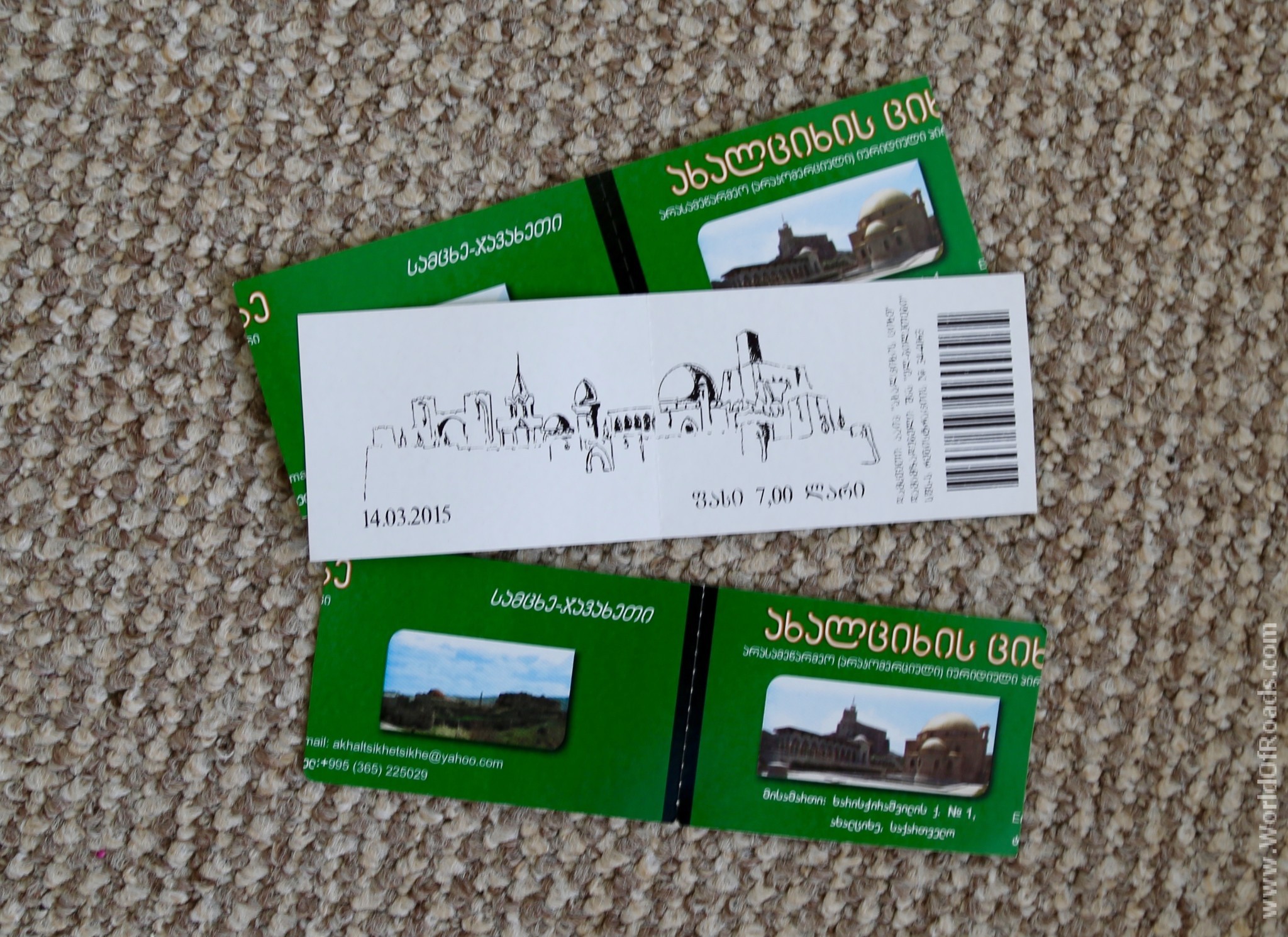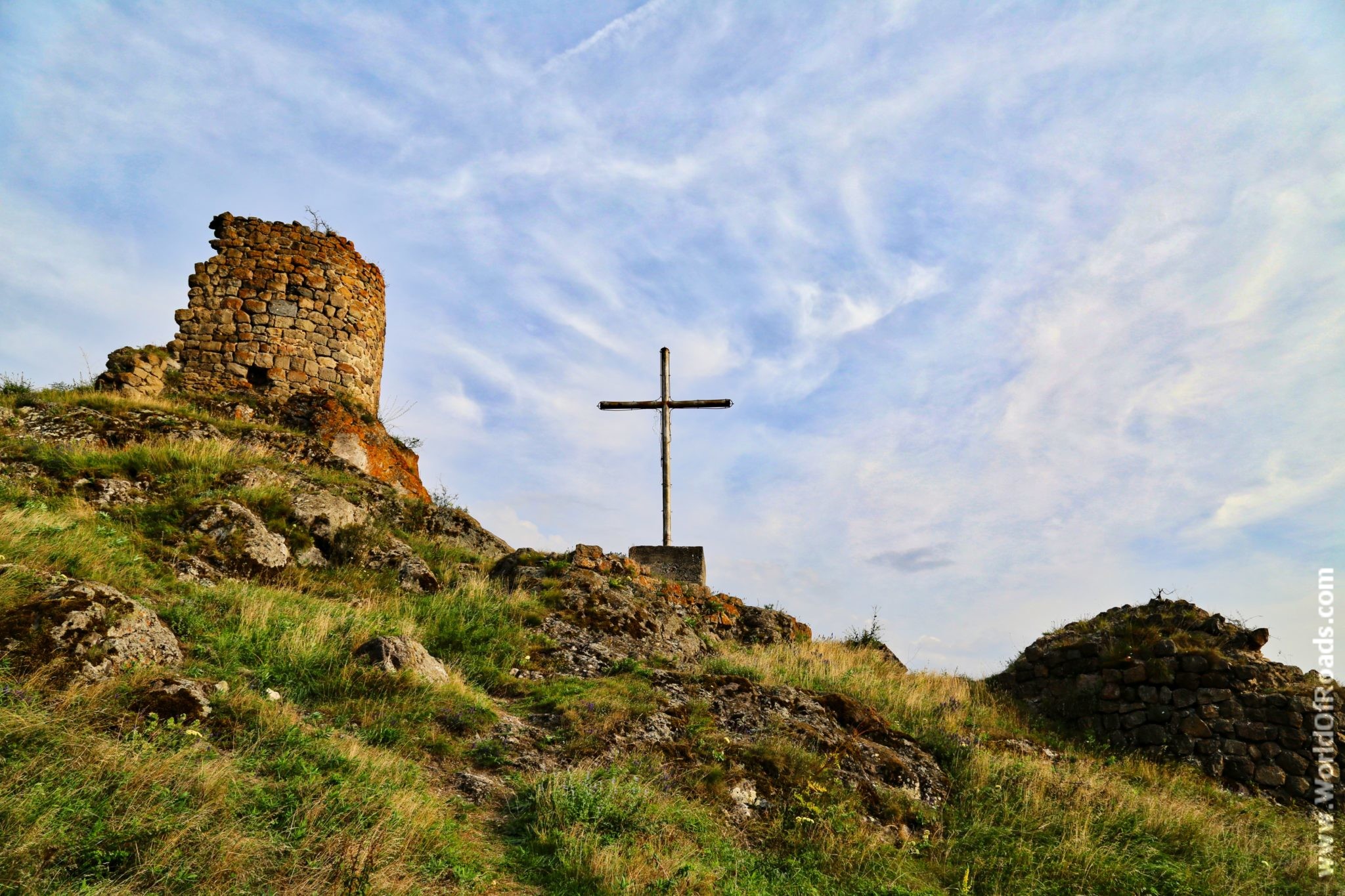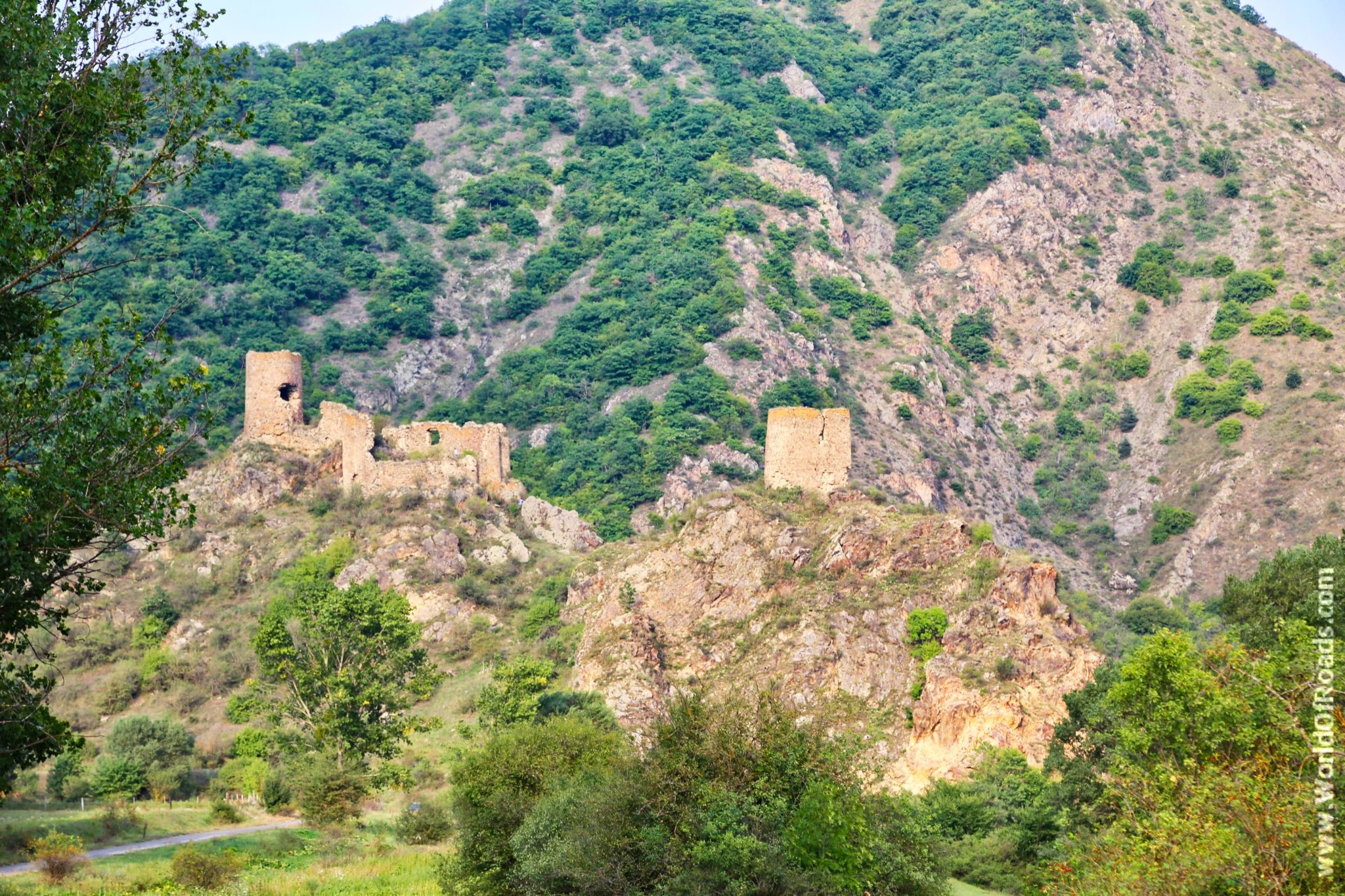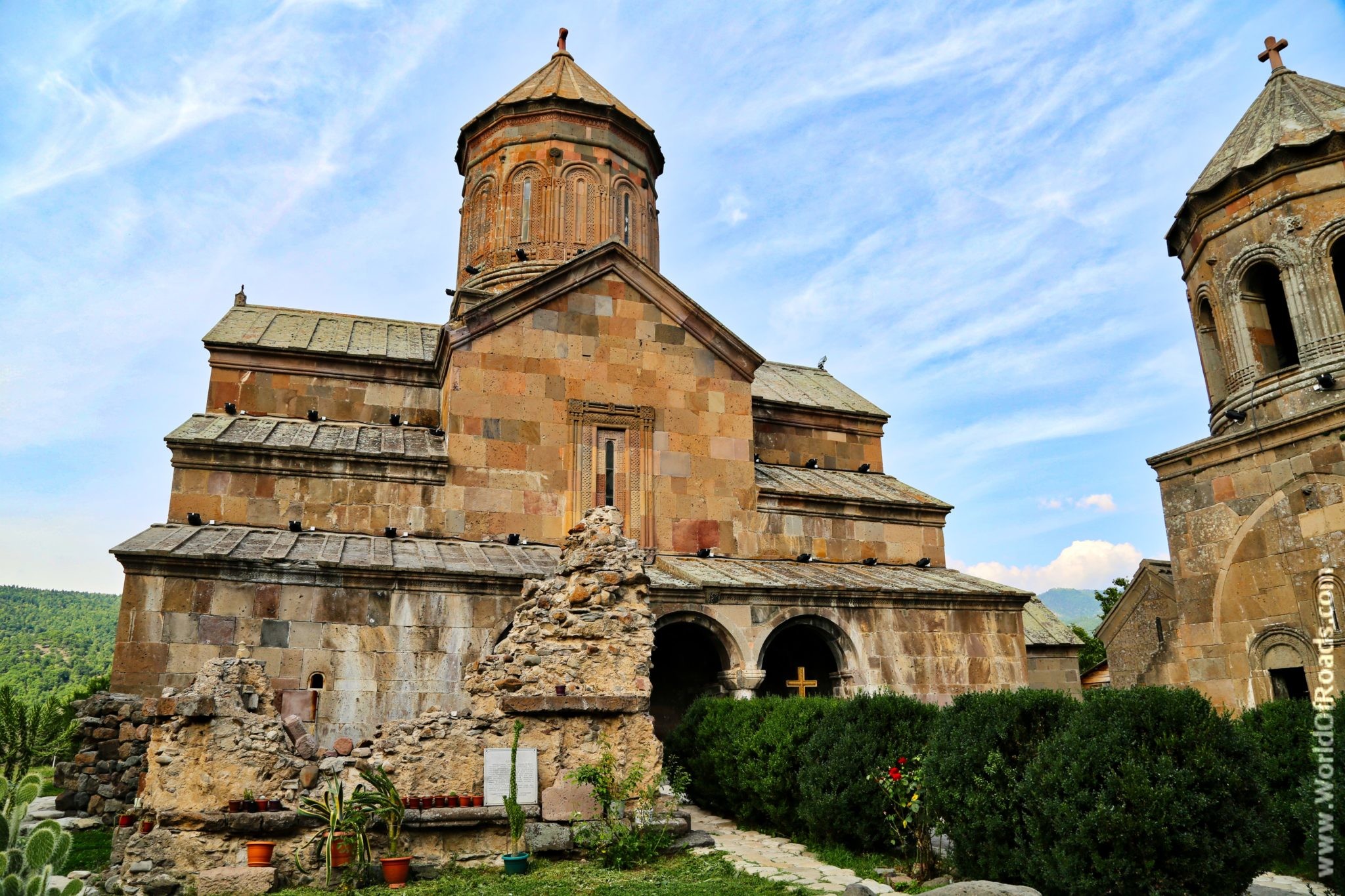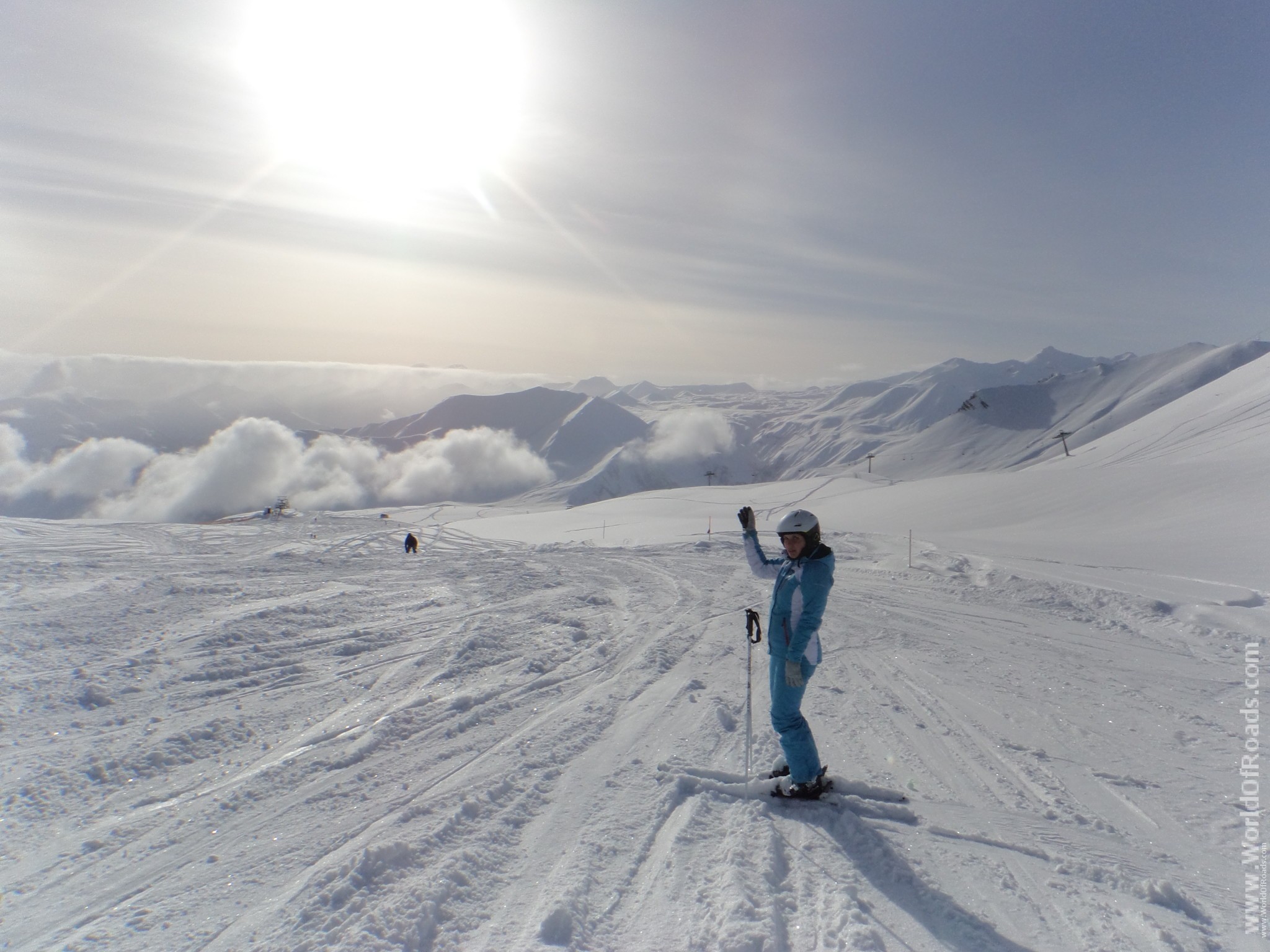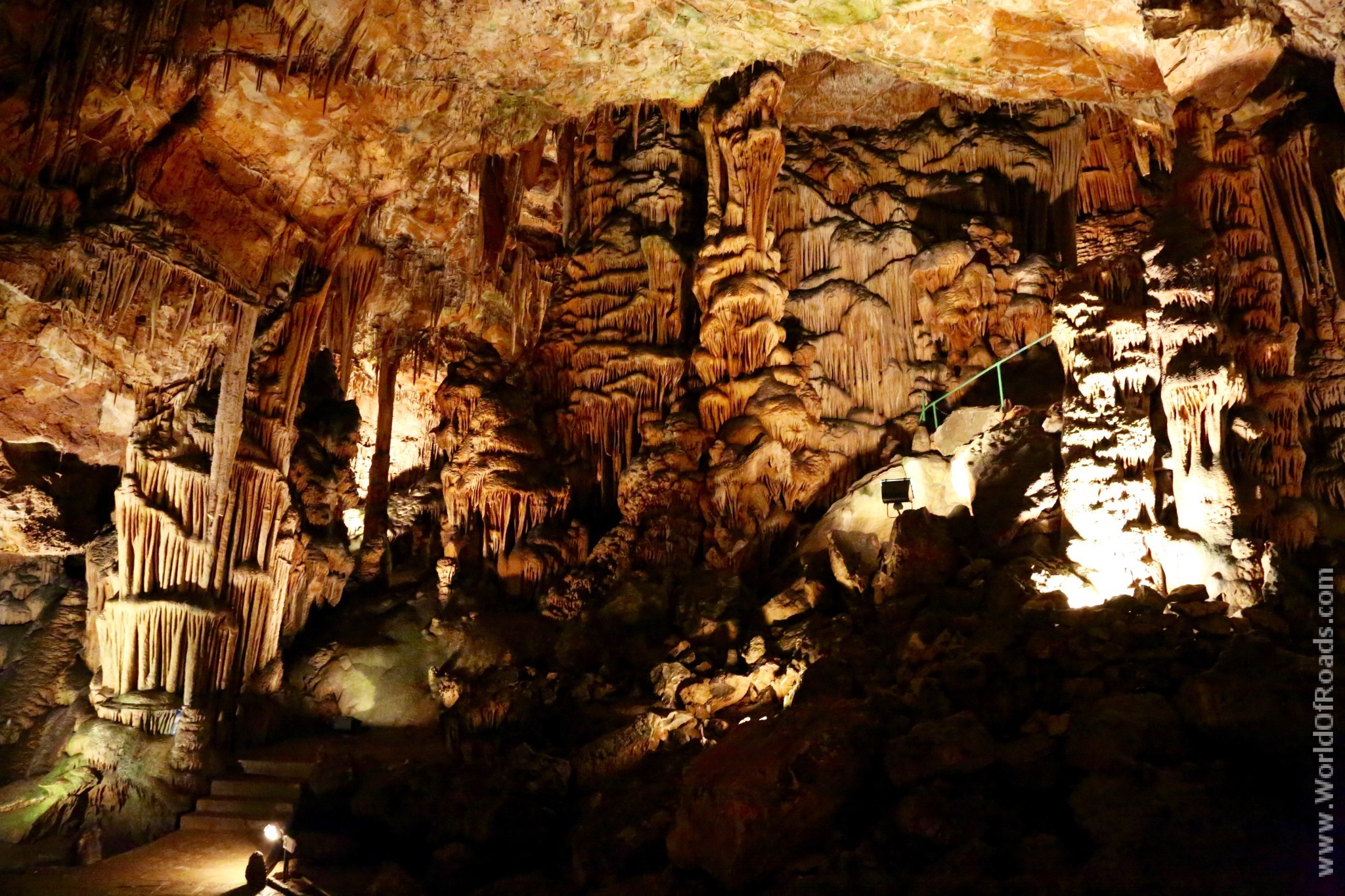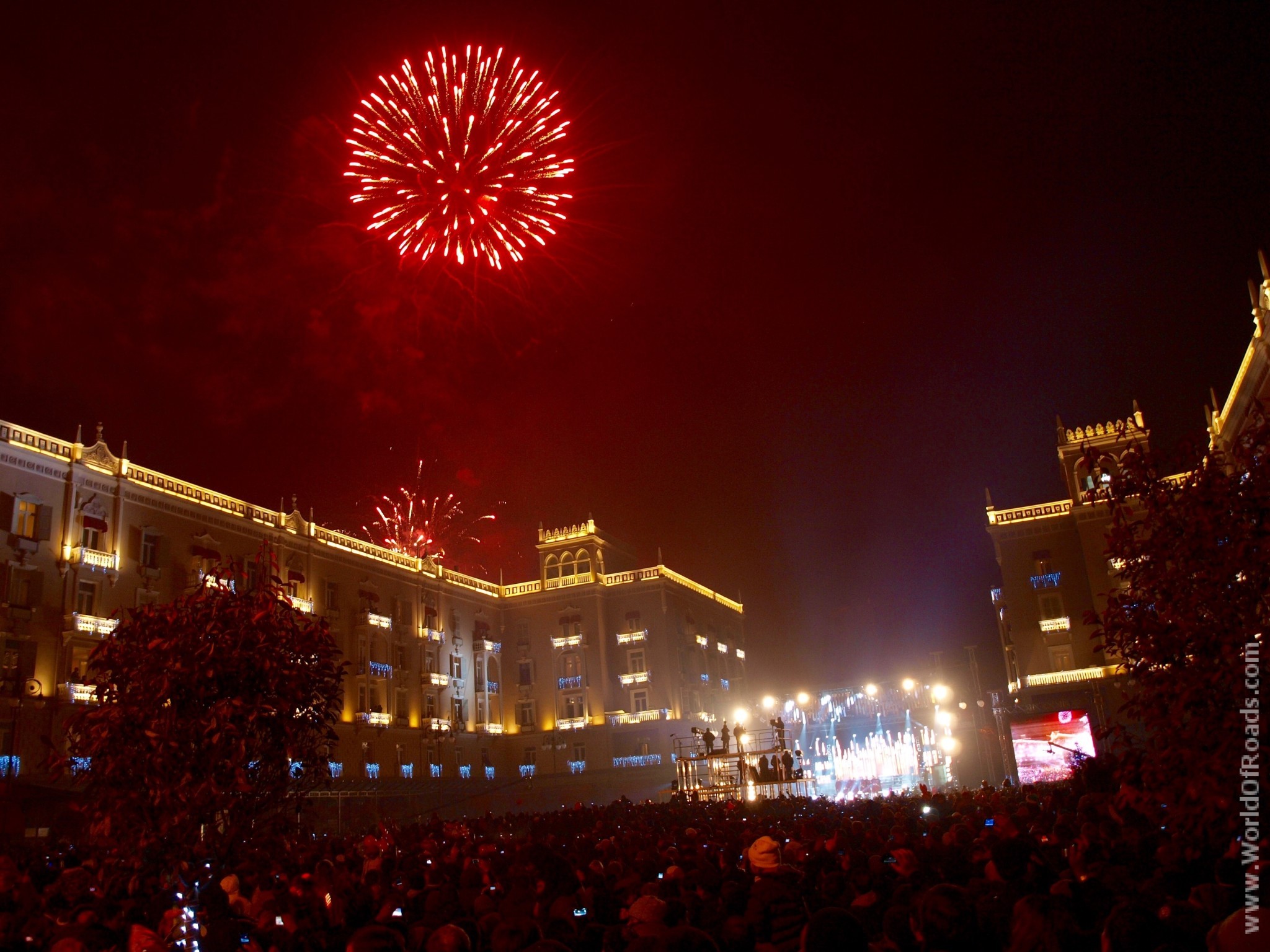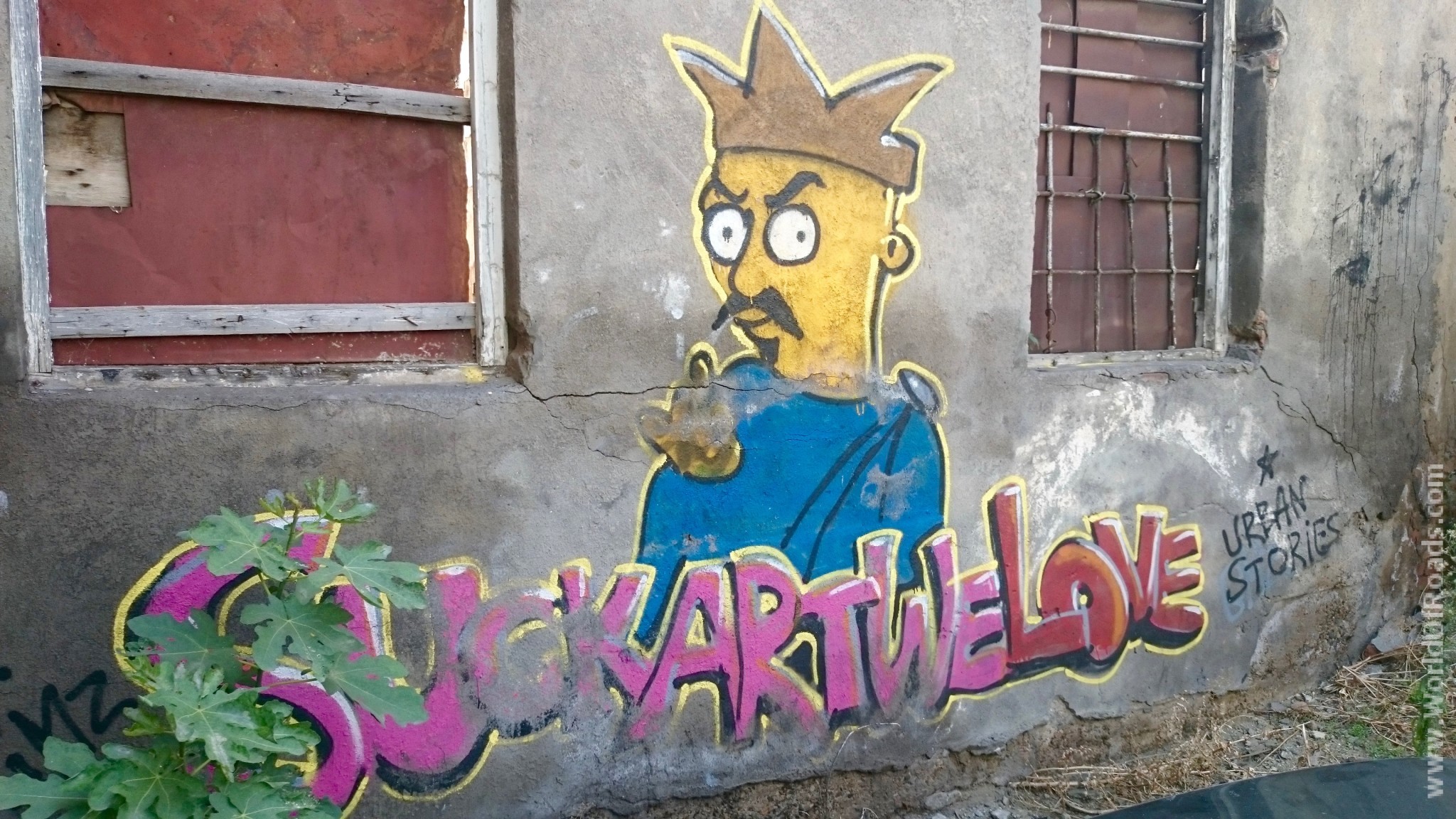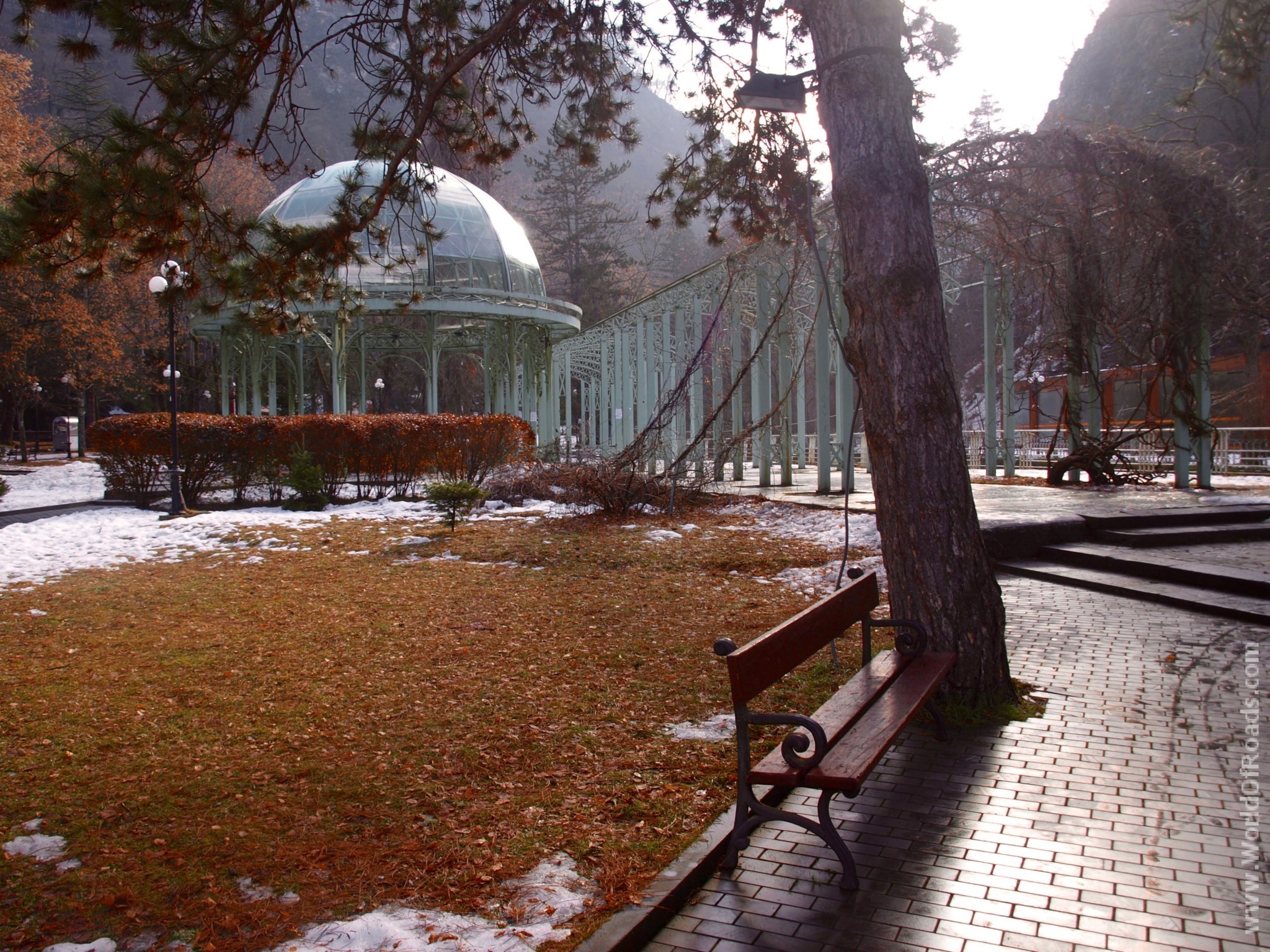Akhaltsikhe is a central city of Samtskhe-Javakheti (one of the oldest regions of Georgia). The fortress is dated by 9th century. This city was founded by Guaram Mampali, the son of Ashot Kupalat I (the king of Tao-Klarjeti). The original name of the city was “Lomsia”. The first mention of “Akhaltsikhe” name is dated by 1204. It was mentioned in scripts of famous warlords Shalva and Ivan Akhaltsikheli.
The city consisted of three parts: a city, a fortress and a citadel. The fortress was surrounded by three fortress walls and was connected by tunnels with its surroundings. The location of the fortress was advantageous. It was located near important roads and caravan routes. The area of the fortress is 8 hectares in size. It protected rich people, the mint, the court and some other important buildings. Craftsmen, merchants and ordinary people were living behind the fortress. This part of the city was called “rabati”. “Rabati” means “fortified place” in arabic. The fortress was controlled by Georgian lords.
Torel from Akhaltsikhe and Atabag-Dzhakeli were rulers here during 13th-19th centuries. And till 17th century this territory was settled only by Georgian people.
At the beginning of 17th century, the region was captured by Ottoman Turks and it was included into Turkish Empire. During this period, many people turned into Muslim Religion (the life of Christians was significantly harder). Later some people turned into Catholicism. So by 19th century, three religions lived together in this region.
At the beginning of 19th century (by 1828 year), during Russian-Turkish war, this was a place of Russian and Georgian armies union. After a hard battle, Turks left the fortress and it was left under control of the Russian Army till the 20th century. Since that time, Samtskhe-Javakheti and the rest of Georgia were included into Russian Empire. Lower part of the Fortress were used to build a hospital that functioned till the 20th century. Upper part of the Fortress was used as quarters for officers and soldiers.
Restoration works started in 2011, but the museum exists here since 1972.
Since 13th and till 19th century, the Fortress was controlled by famous Dzhakhi family. They were Georgians, orthodox christians. In 17th century they turned into Muslim Religion and were called “Pasha”. They served Turkish sultans. Though region was a part of the Turkish Empire, it was controlled by Muslim Georgians.
Till the 17th century, the territory of the Fortress included 4 churches. During the Turkish Invasion, churches were closed, they started building mosques. Nowadays, the Fortress has old church and several mosques built by Muslim Georgians in the middle of 18th century.
The Citadel on the top (located far on the photo) is the most protected part of the fortress. It was a home for governors and their families. During the time course it was used as a prison for captives being sold to Turkey and to Egypt as slaves.
The territory of the fortress includes numerous pools, cemetery stones, Russian summer house, Akhmediye Mosque, madrasa (educational place for muslim priests) and Akhaltsikhe Museum.
The territory of the fortress includes numerous pools.
Lamb-like cemetery stones.
Russian summer house.
Nice shaved bushes.
Akhmediye Mosque was built based on a church. By the Italian architect. Currently it is not working, it is a historical monument.
Akhmediye Mosque
In the middle of 18th century, Haji Ahmed-Pasha Jaqeli built the mosque (in Hagia Sofiya style) based on one of the orthodox churches. The Italian architect. Currently it is not functioning, it is just a historical monument.
After Russian-Turkish war in 1829, muslims (most of them Georgian Muslims) from Akhaltsikhe moved to Turkish territory. And Armenians and Greeks moved from Turkey to Akhaltsikhe. The final wave of muslims relocation was initiated in 1944 by Stalin’s order (they are called Meskhetian Turks).
As the church was turned into the mosque, it has both the mihrab and the altar. The mihrab is out of this photo, but you can see the altar protected by the red stripe.
There are several stones inside the mosque…
The Georgian Alphabet is one of the oldest alphabets in the world. The script on this stone is dated by 1103. It says that the prince of Samtskhe-Javarkheti built a big tower to protect his people.
The stone with a 11-13 century script. It contains the information about Akhaltsikhe and its governors.
15th century scripts:
The Sun (the circle located top-left from the scratch) is a symbol of a woman (the highest goddess).
The Moon (the circle located top-right from the scratch) is a symbol of a man.
There was a cross in the centre of the stone till the 17th century. It was wiped off.
The deer (in the bottom-right corner) is a very old symbol. It is a symbol of farming. In medieval times used as Jesus Christ’s symbol.
Eight-pointed star (on the left side) is a symbol of motion.
Madrasa is located behind the mosque. It used to be an educational institution and is used as a museum nowadays.
Currently the lower part of the fortress is changed into the tourist area: restaurants, cafes and souvenir shops. We visited the fortress in winter so everything was closed.
Samtskhe-Javakheti and Akhaltsikhe became symbols of tolerance. In different periods, Russian, Armenian and Hebrew people settled here. Darij Ubani, Kvemo Ubani, Kokolat Ubani, Khevis Ubani, Rabat Meidani, Sogolas Ubani, Hebrew district, Tsikhis Ubani – are the city districts. In the beginning of 19th century the oldest part of the city was renamed into Rabati. In 1829, the Treaty of Adrianople gave independence from Turkey to Akhaltsikhe and Samtskhe-Javakheti.
The castle complex was renewed in 2011-2012: the castle rampart, the citadel and the 19-20 century orthodox church were rebuilt. Haji Ahmed-Pasha Jaqeli mosque, the madrasa, the minaret and Jaqeli castle were restored. Nowadays, exhibition halls of Samtskhe-Javakheti Historical Museum are located there.
Visitors information
Akhaltsikhe opening hours:
Monday – no admittance.
Tuesday-Sunday – 10:00 – 19:00.
Price:
Adult ticket – 7 GEL
Children – free
Excursion – 20 GEL
GPS coordinates for Garmin/Navitel: N41.643100, E42.977110
Flights to Tbilisi:
Hotel prices in Tbilisi:
